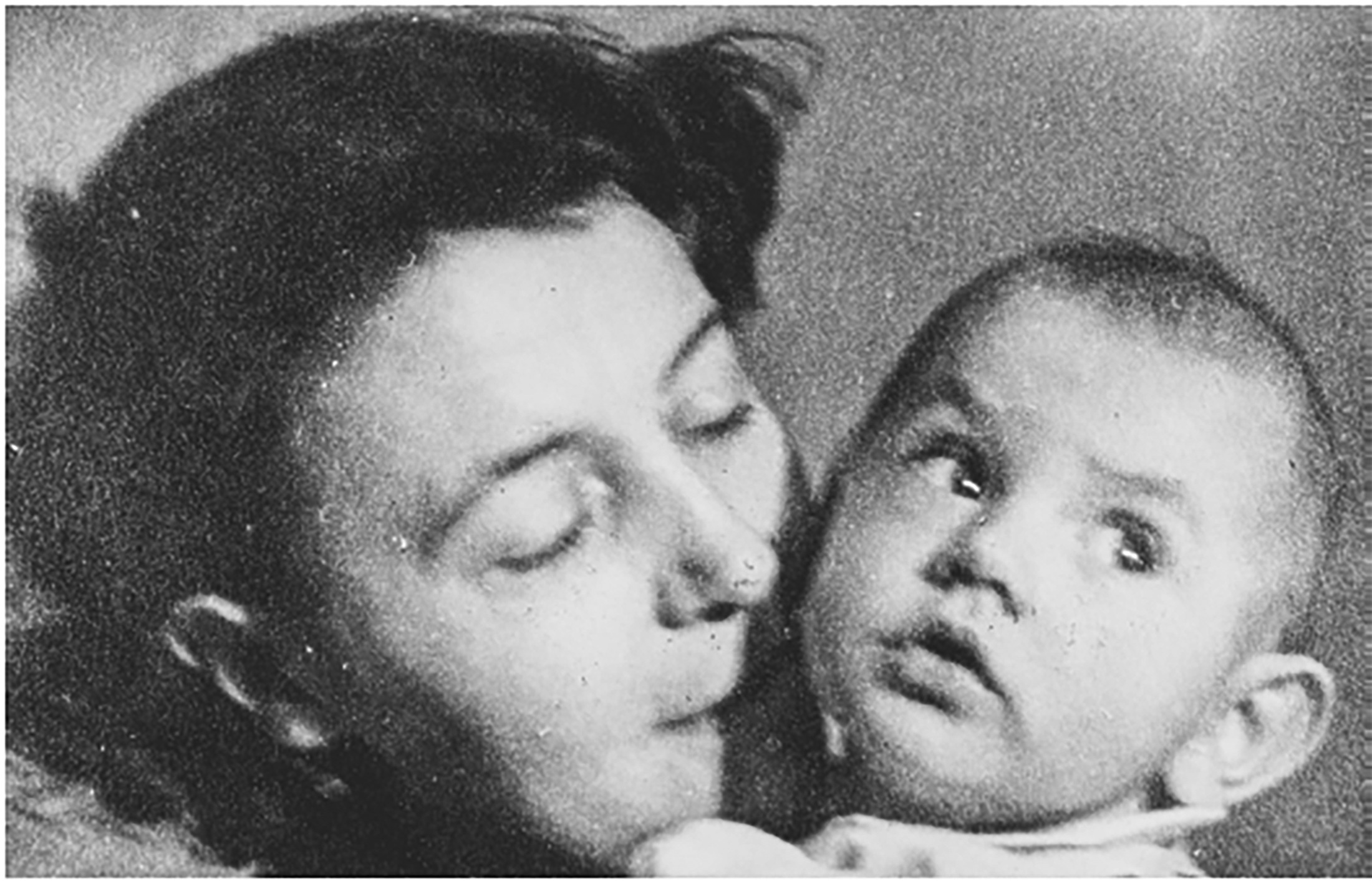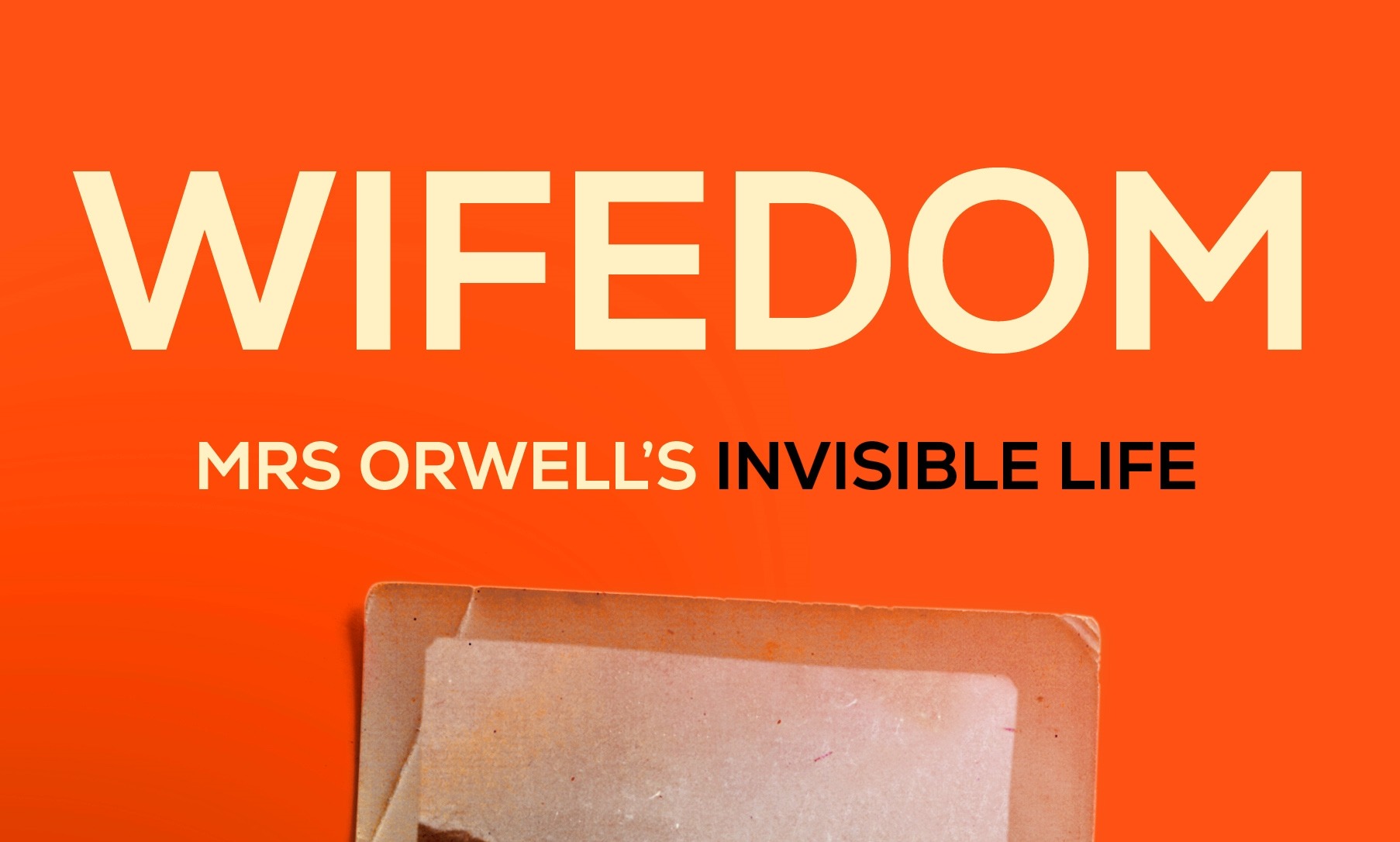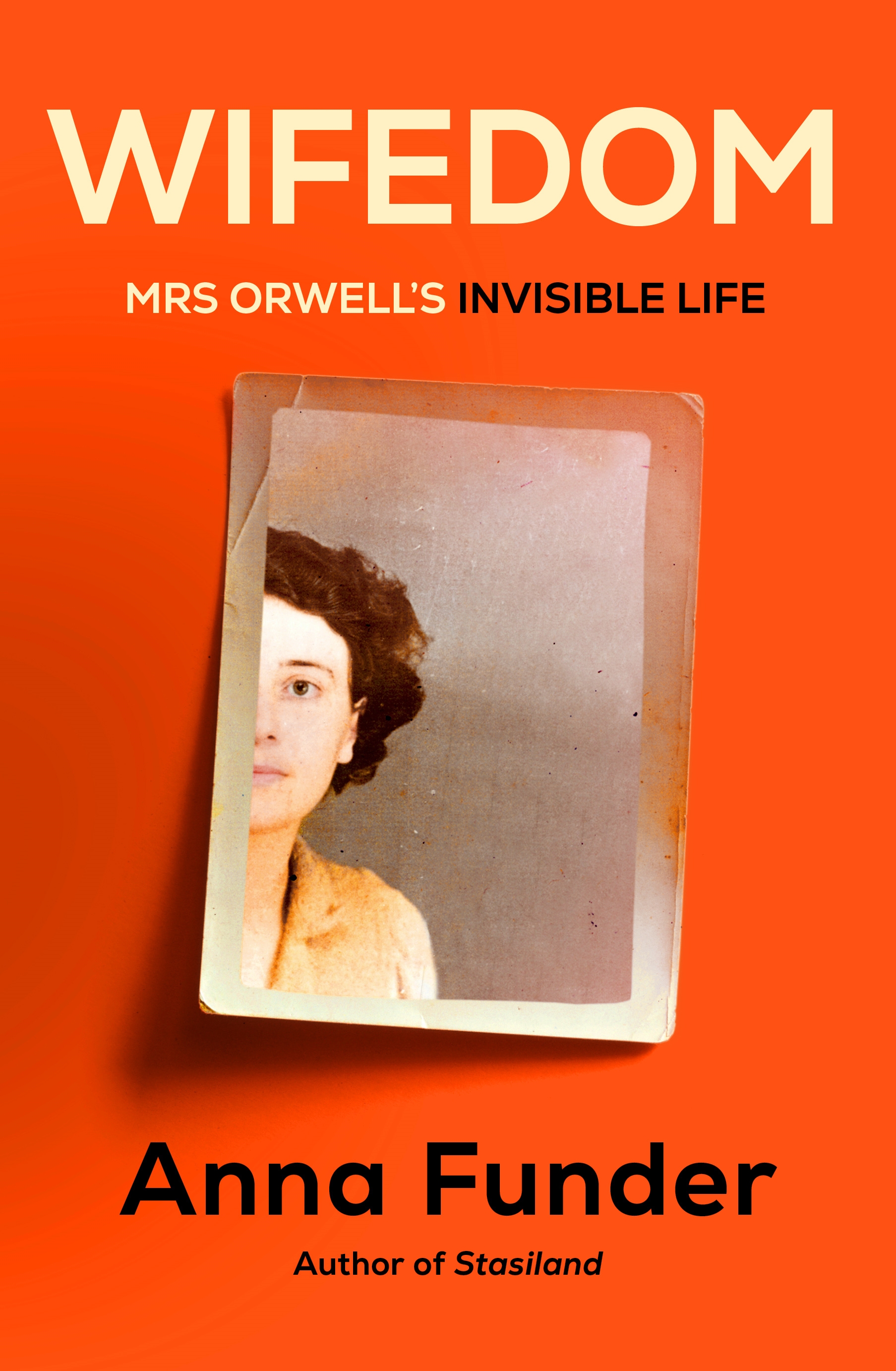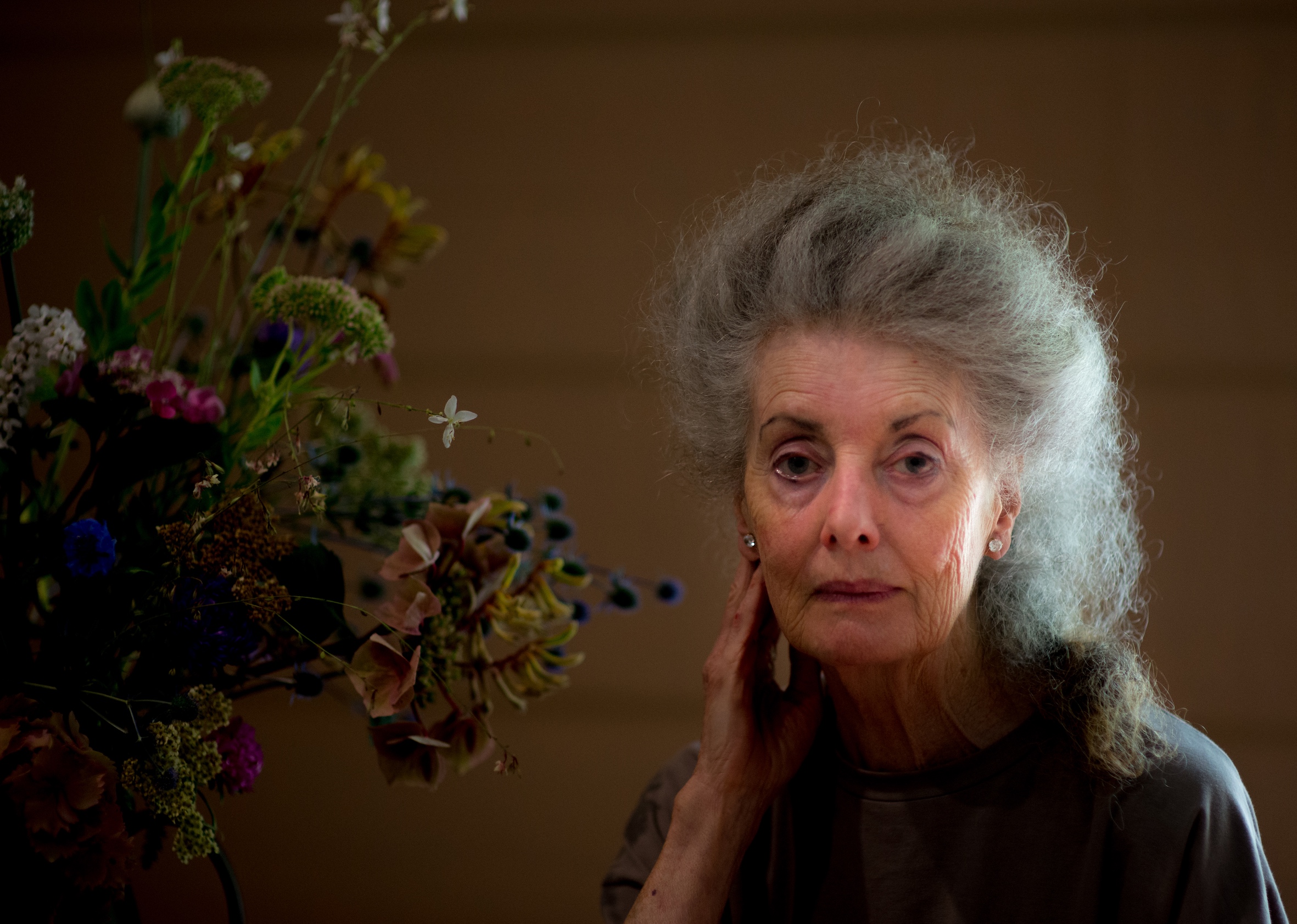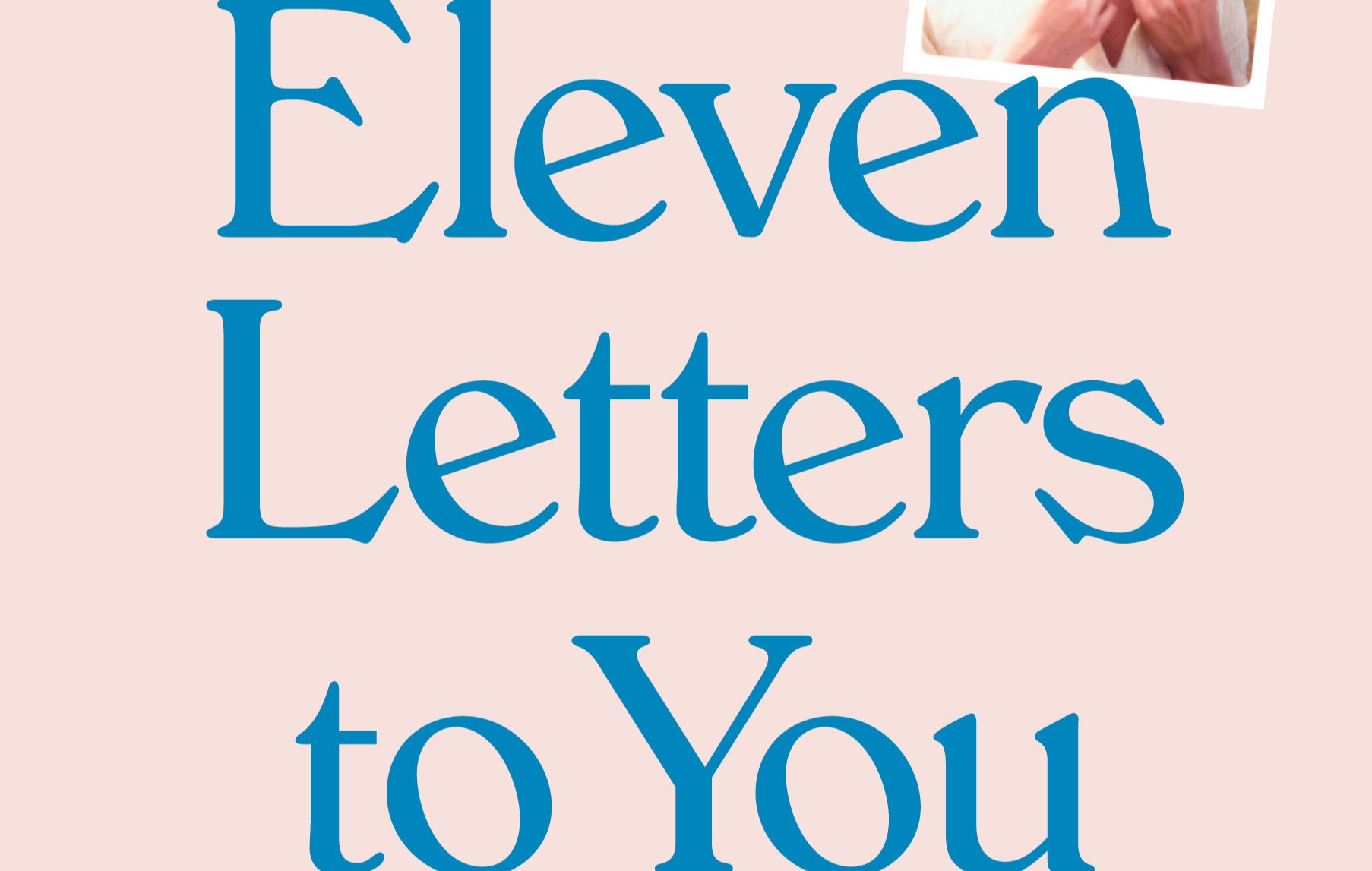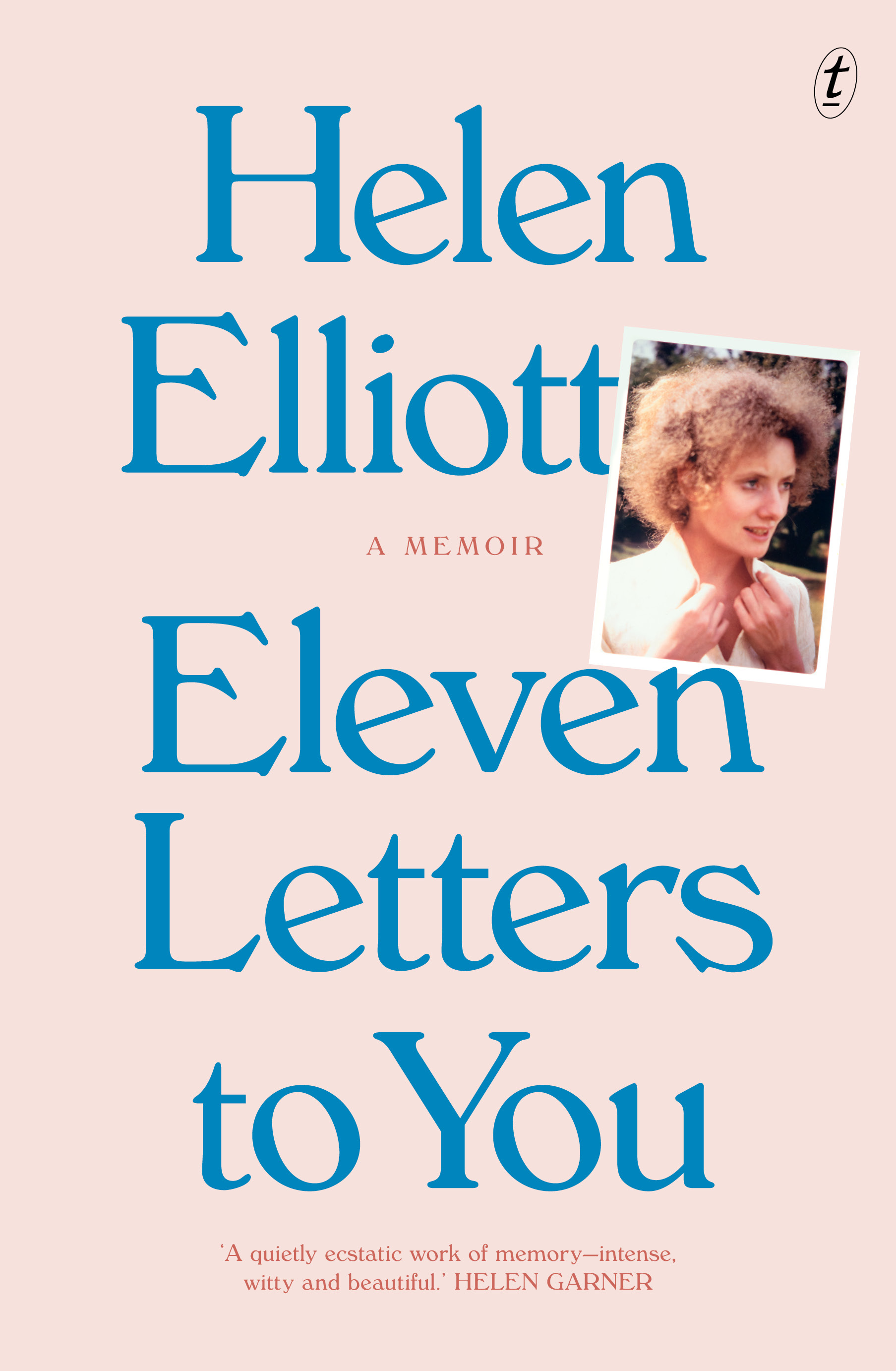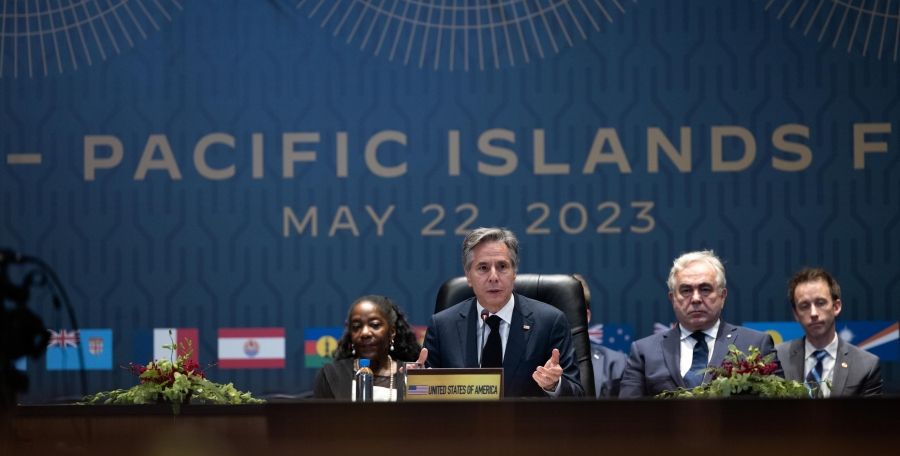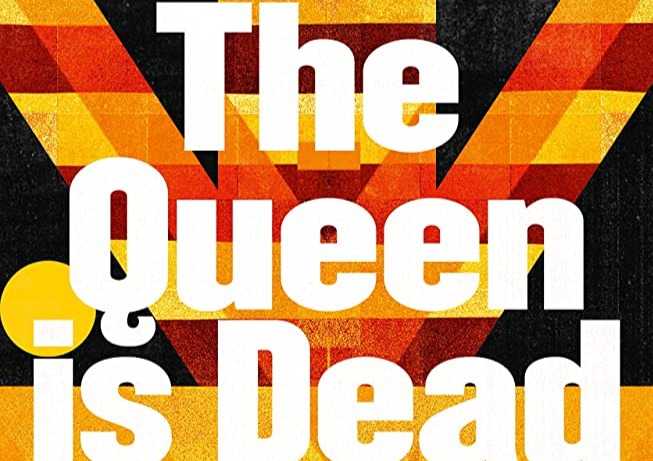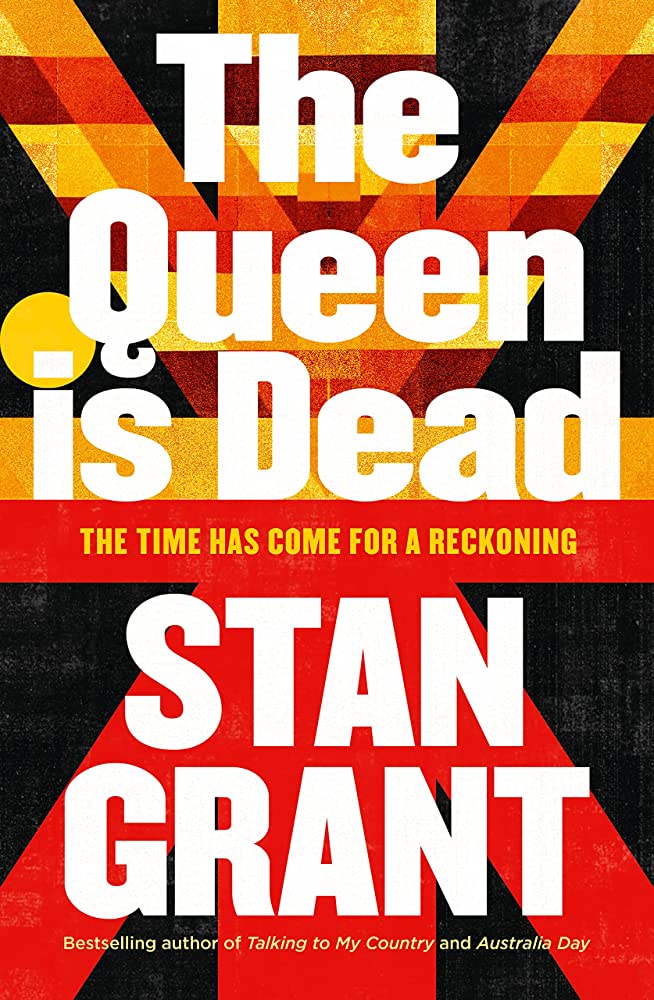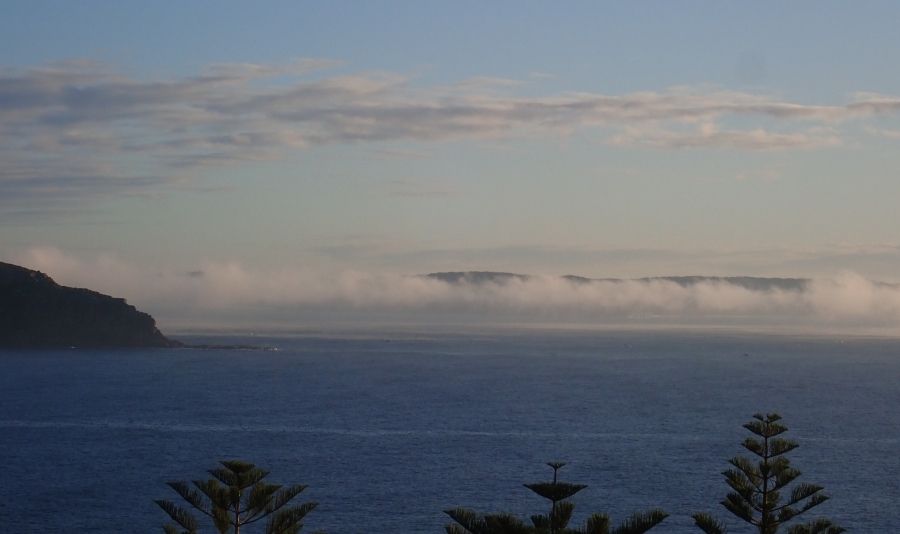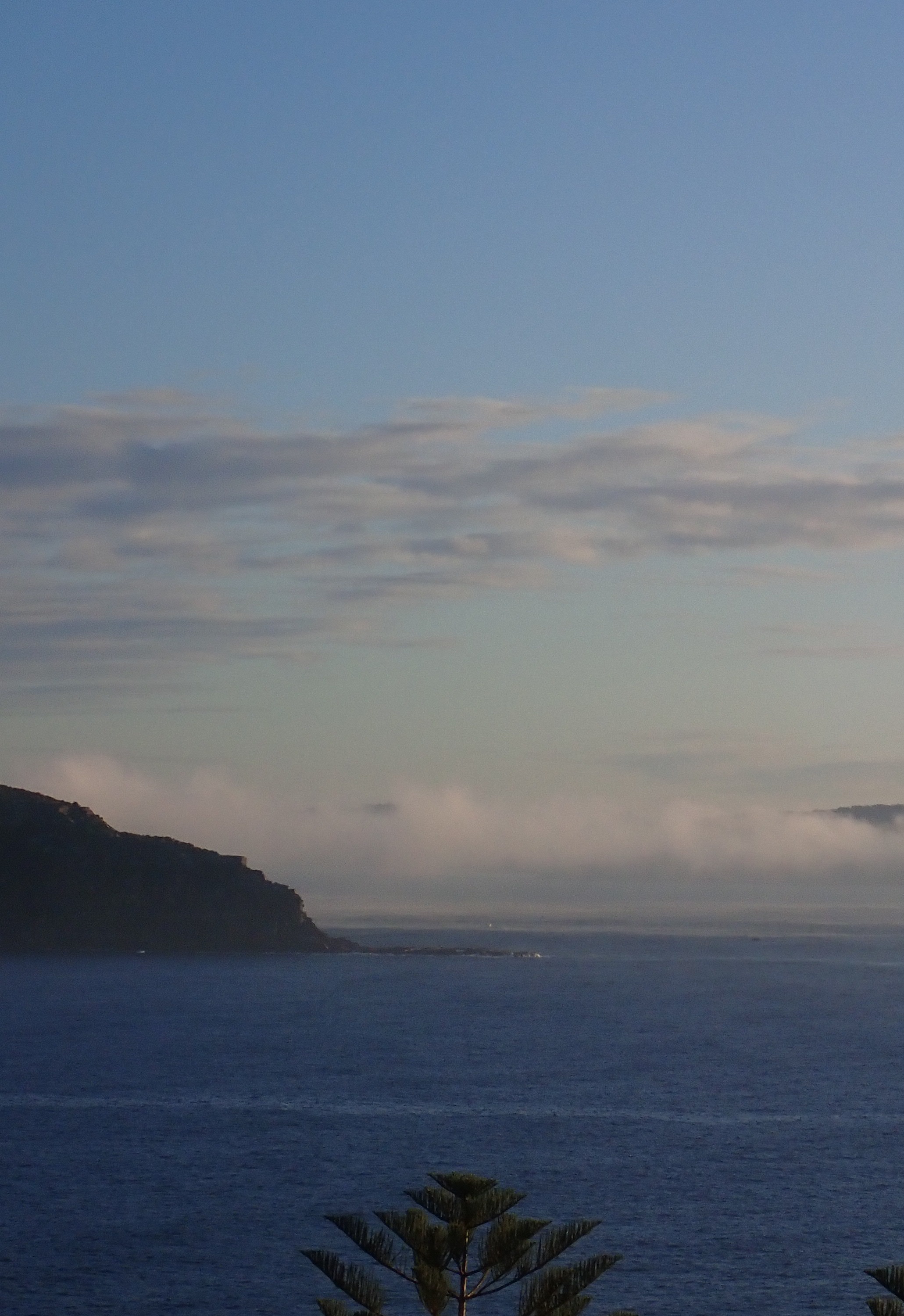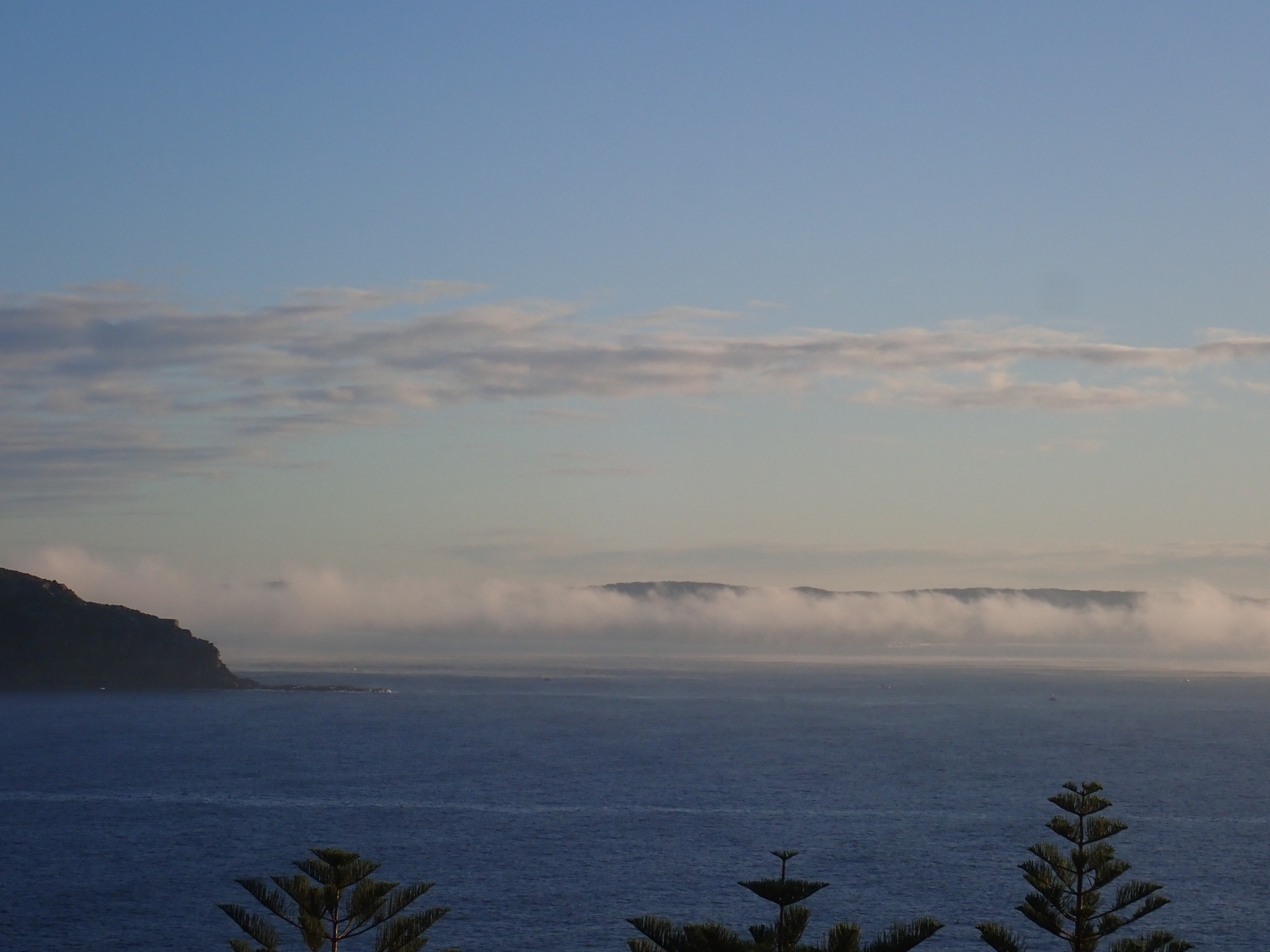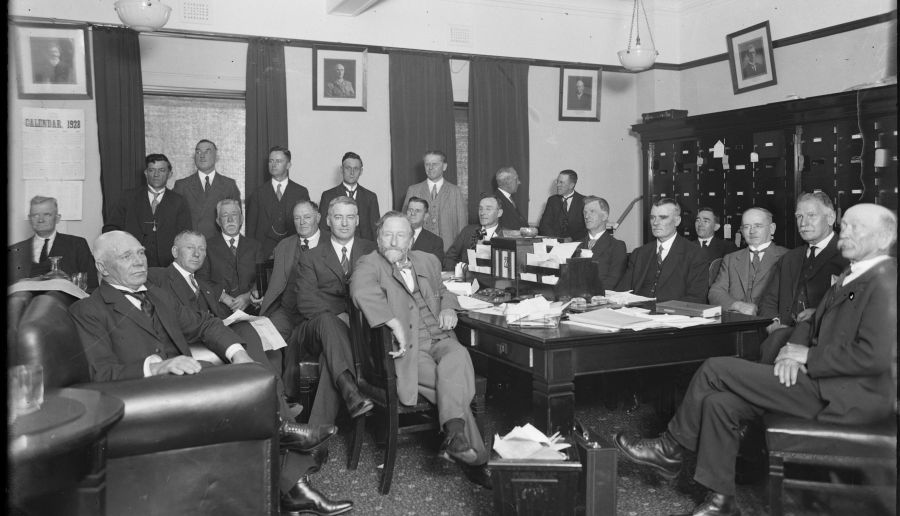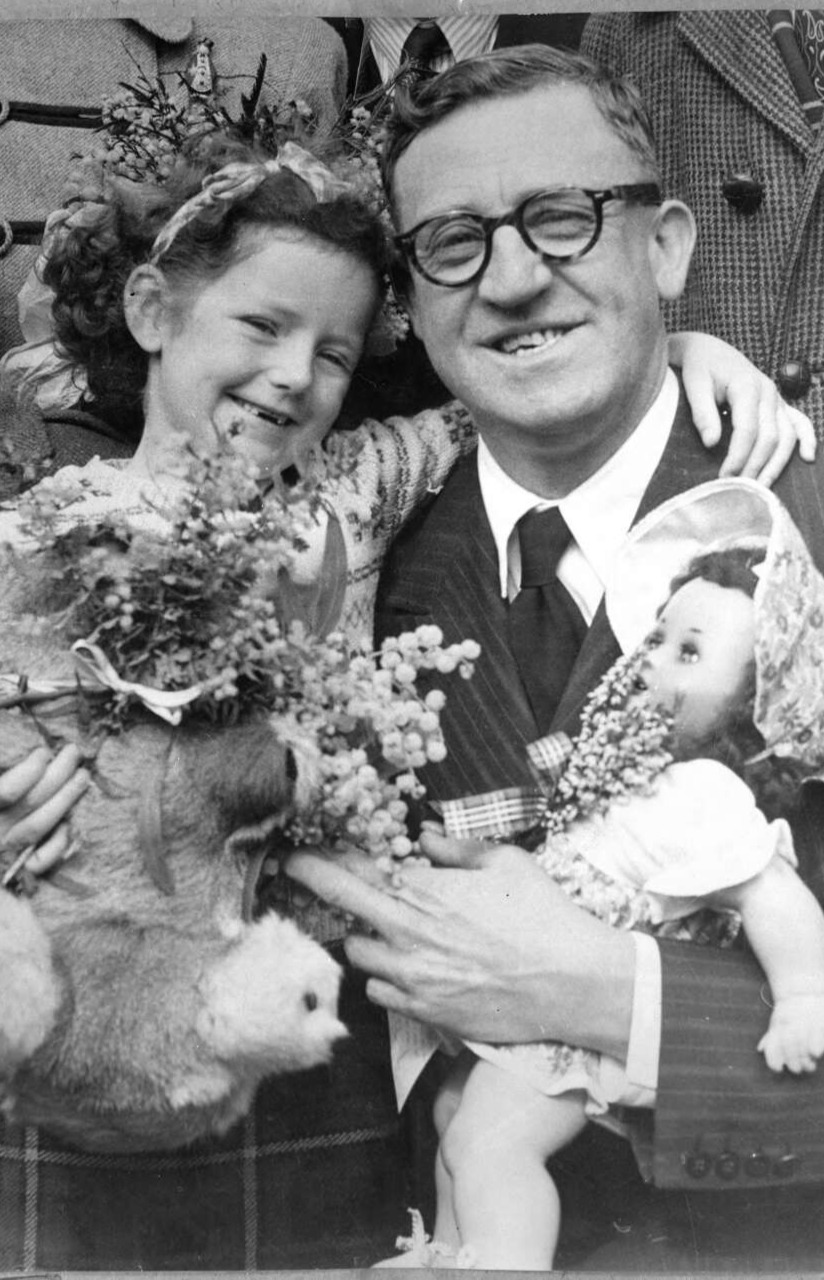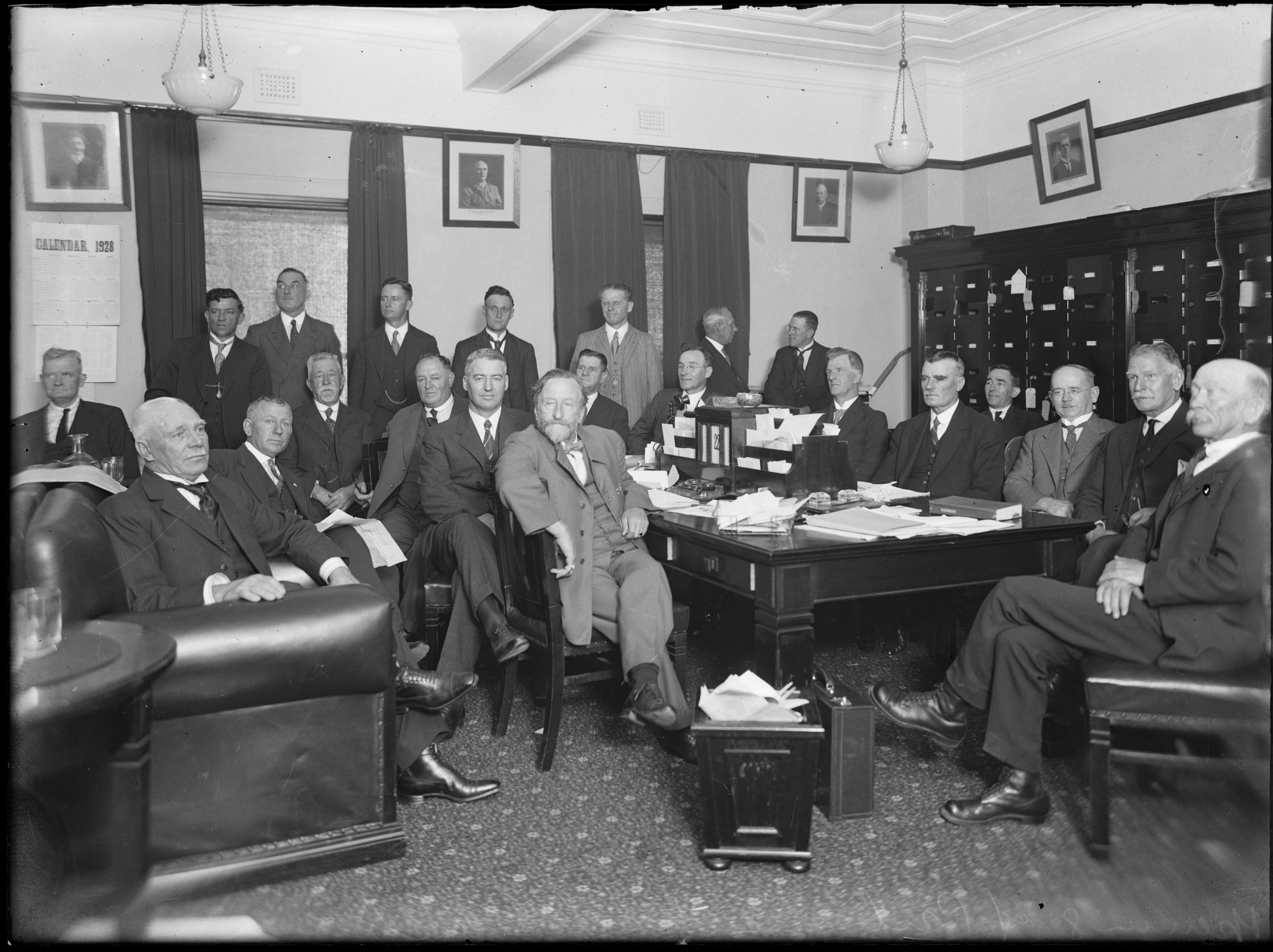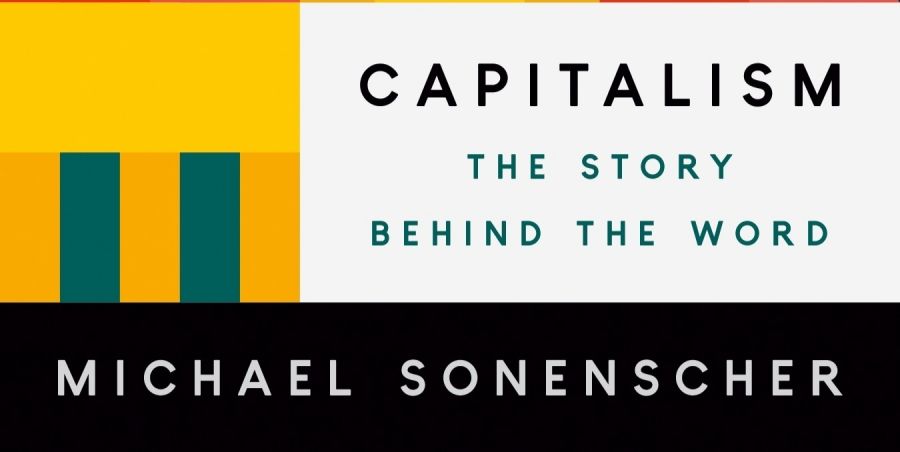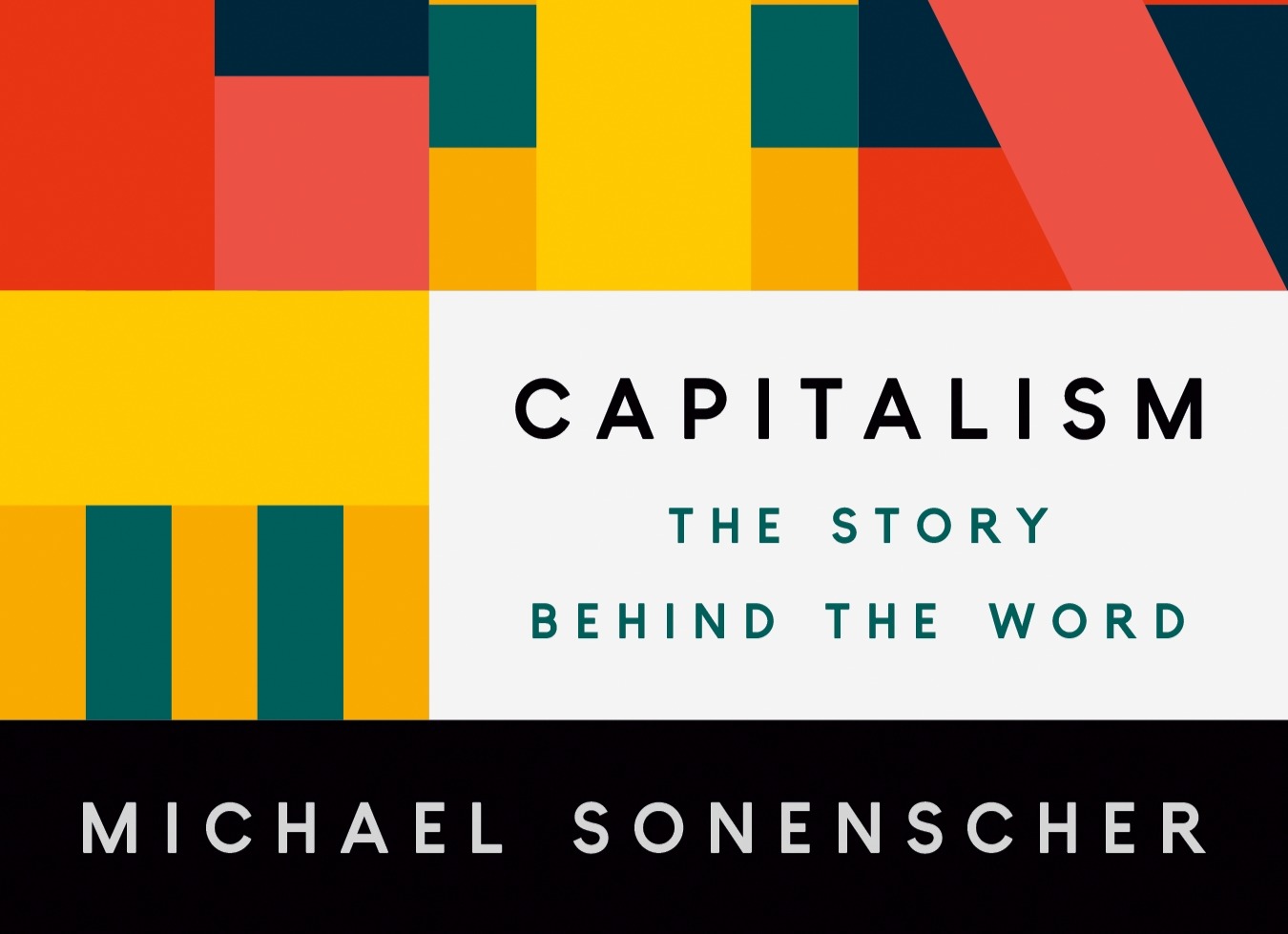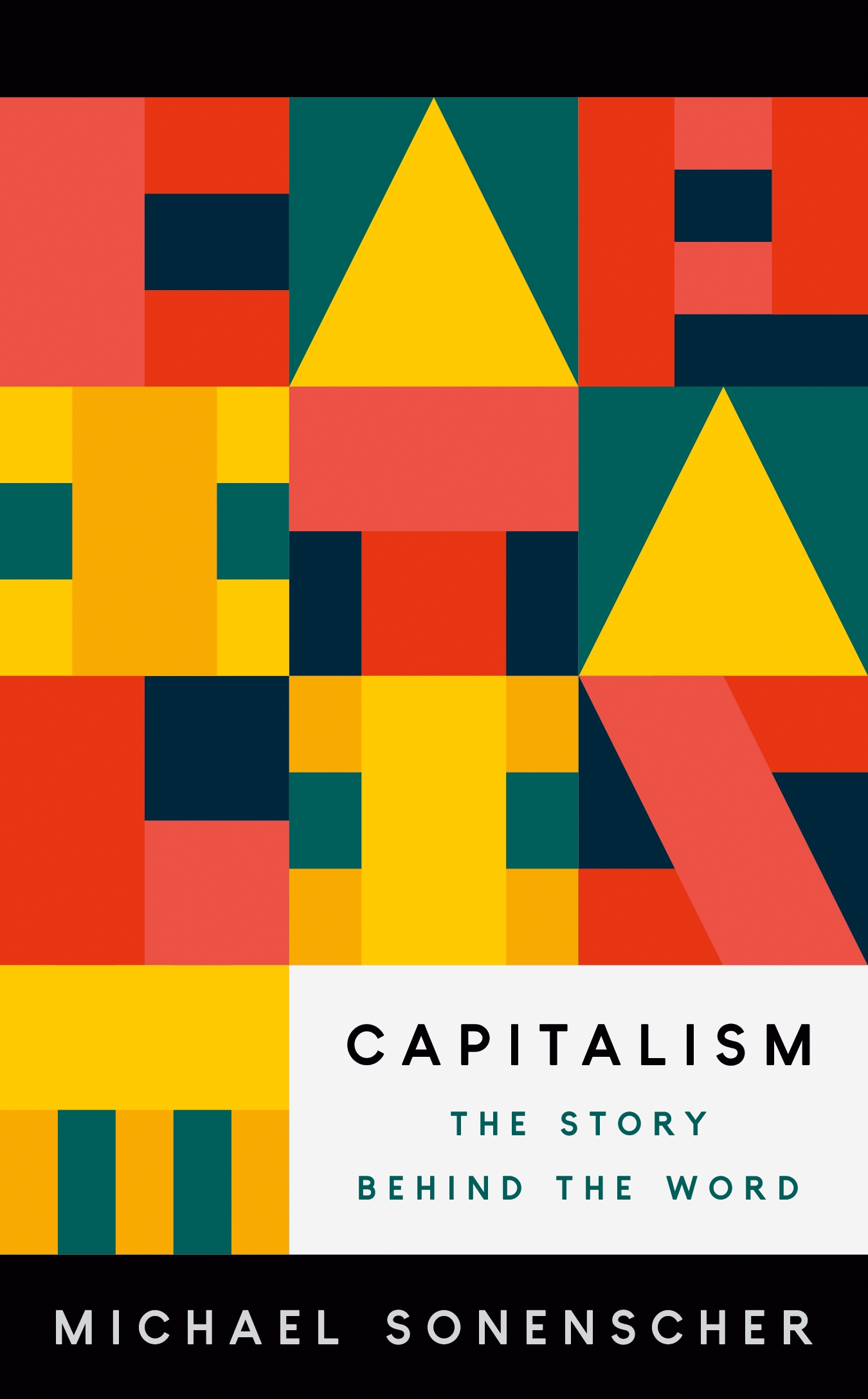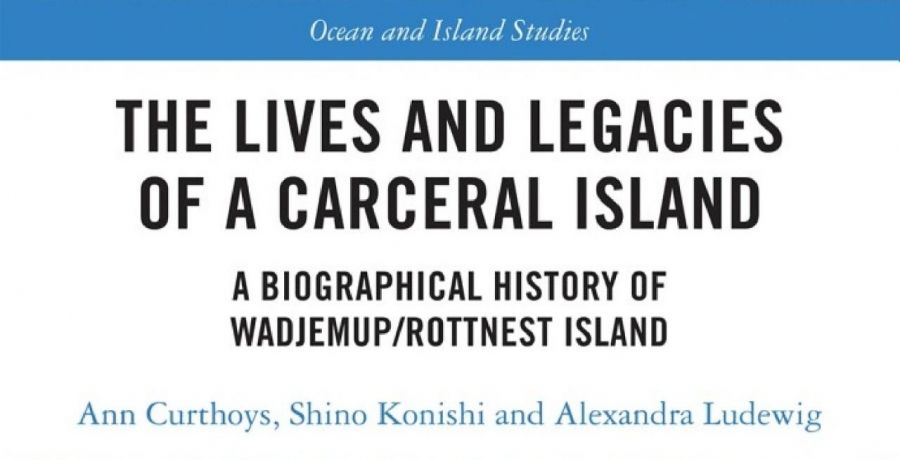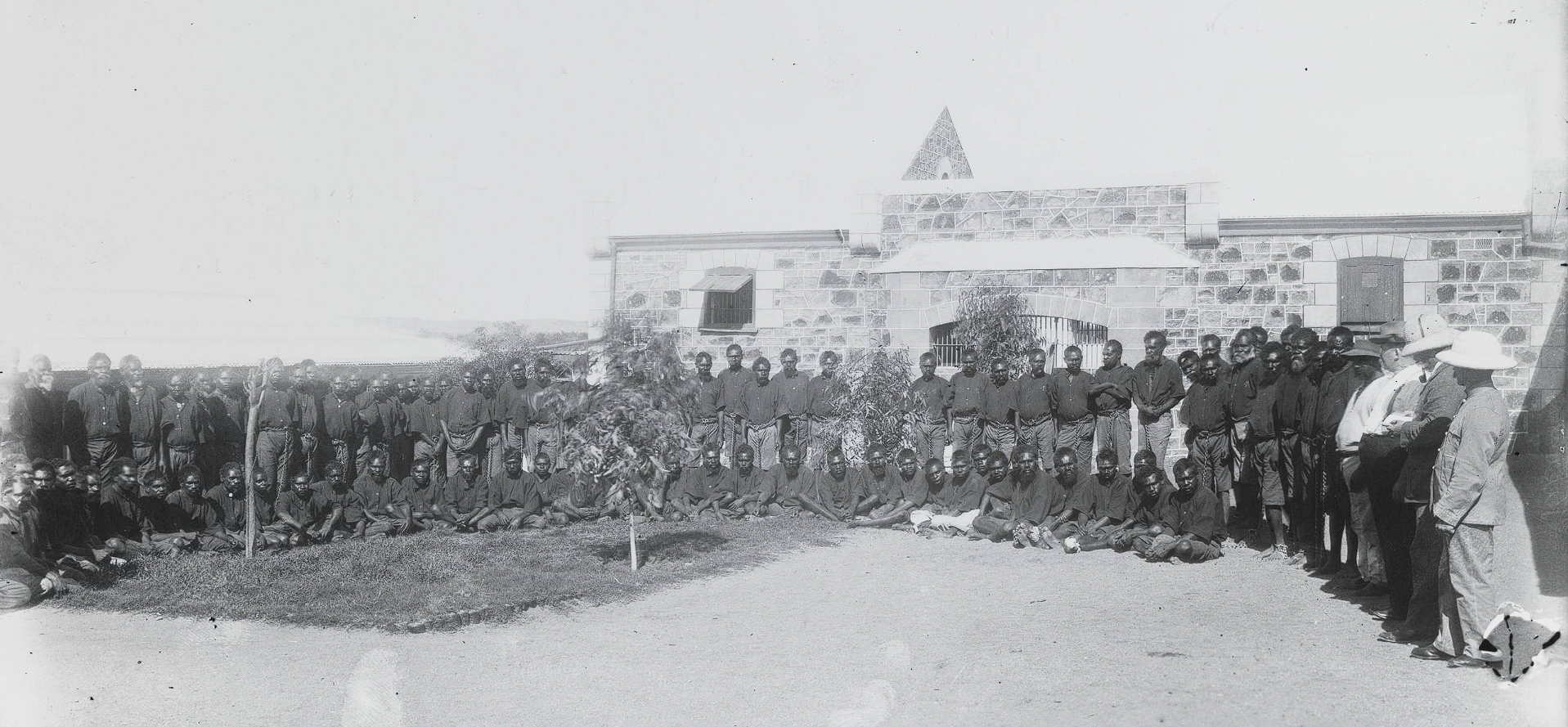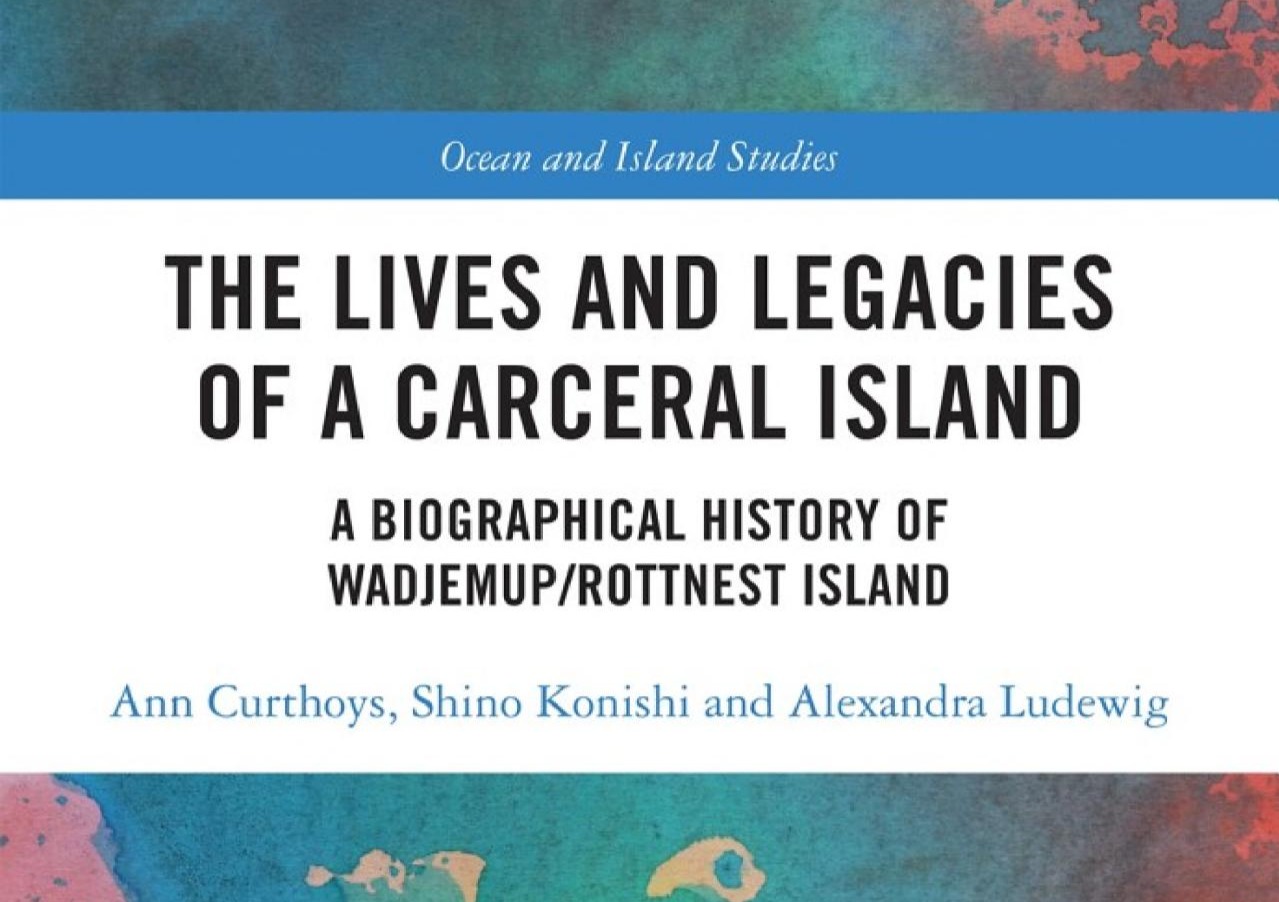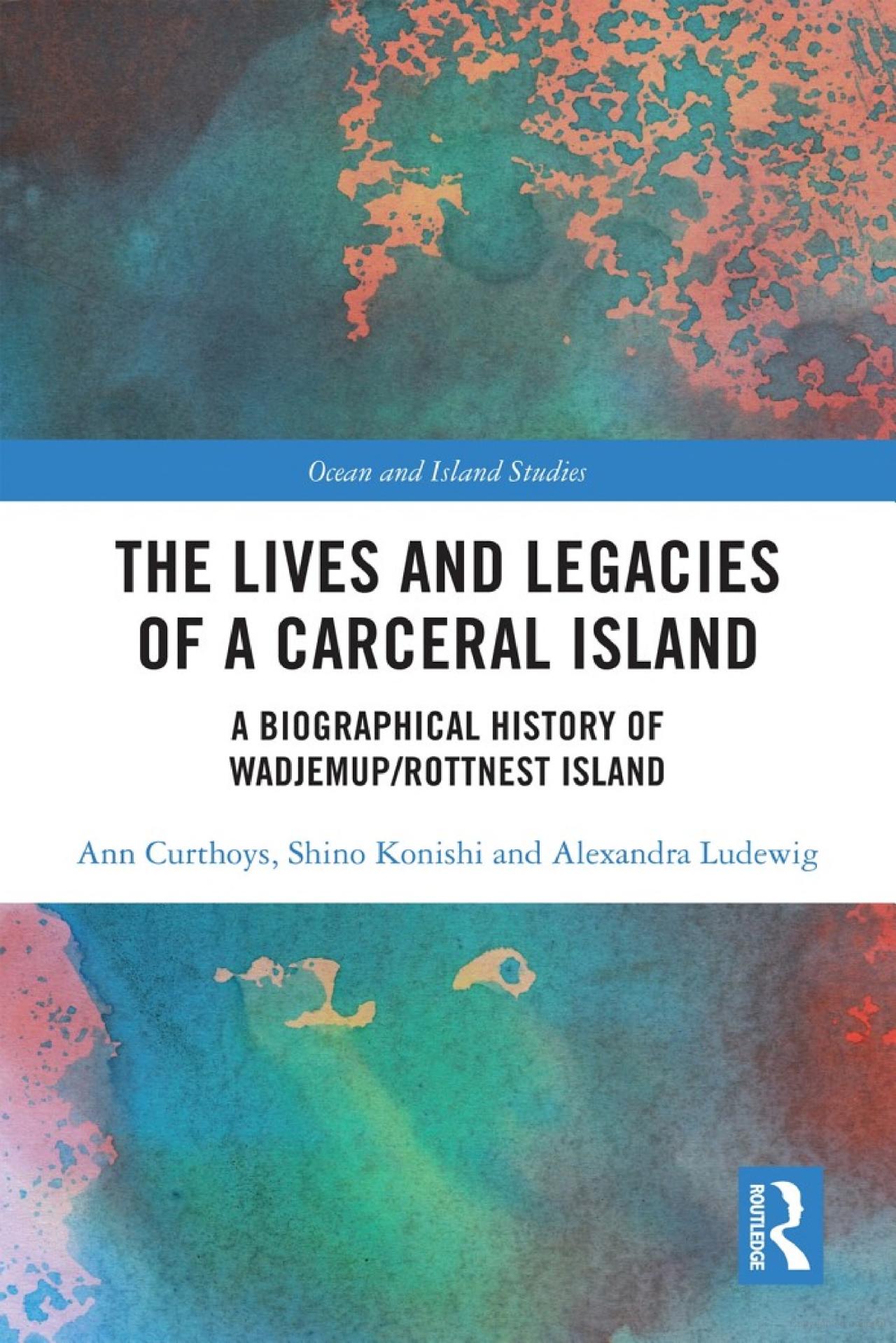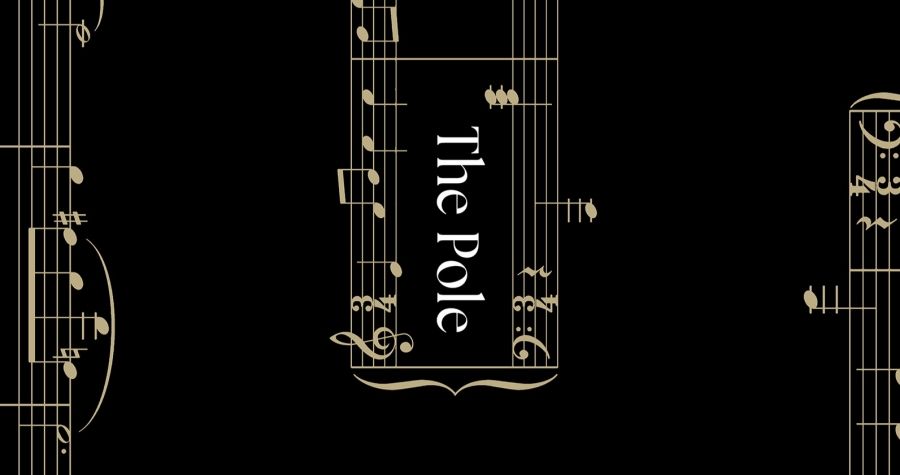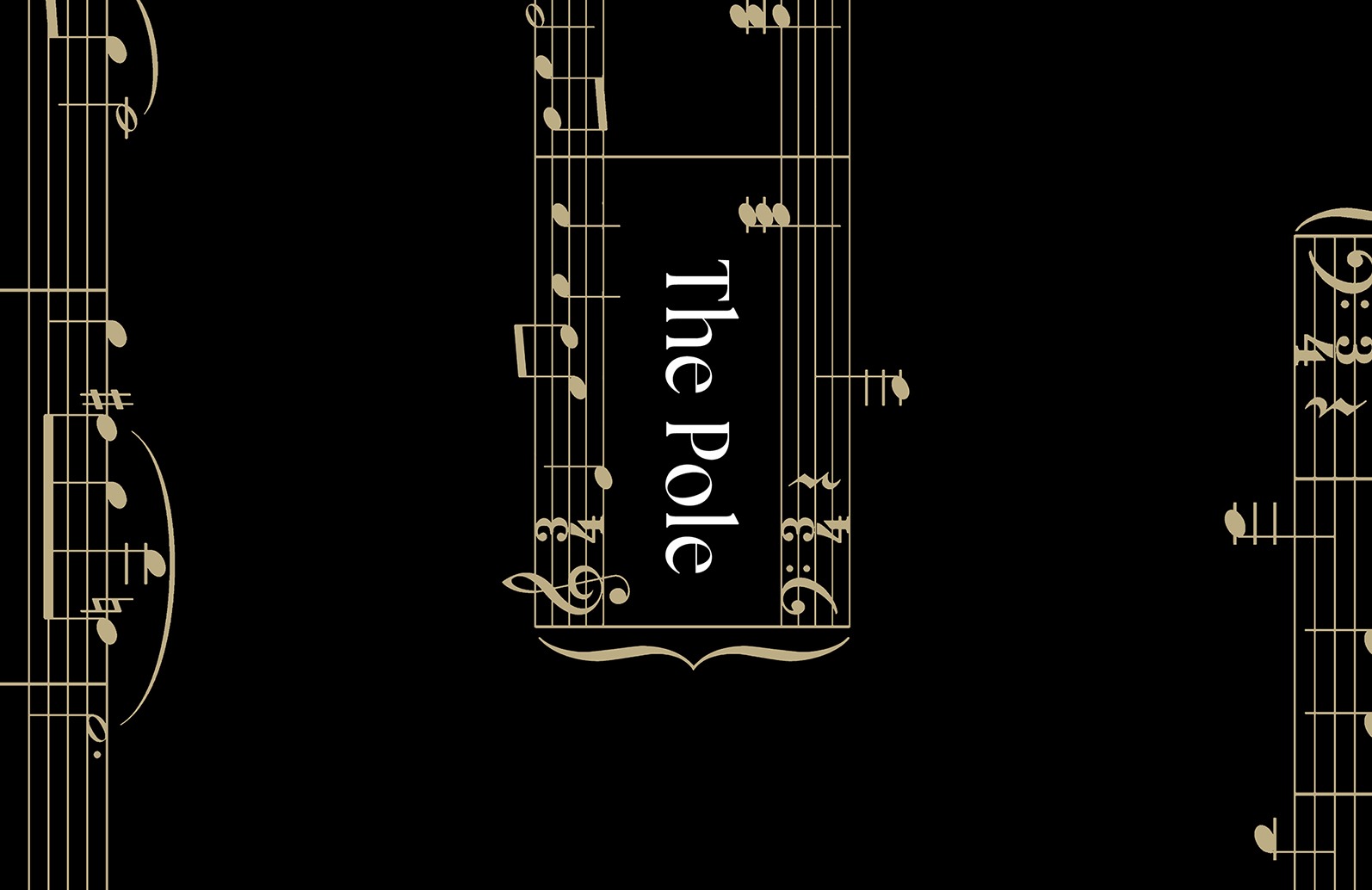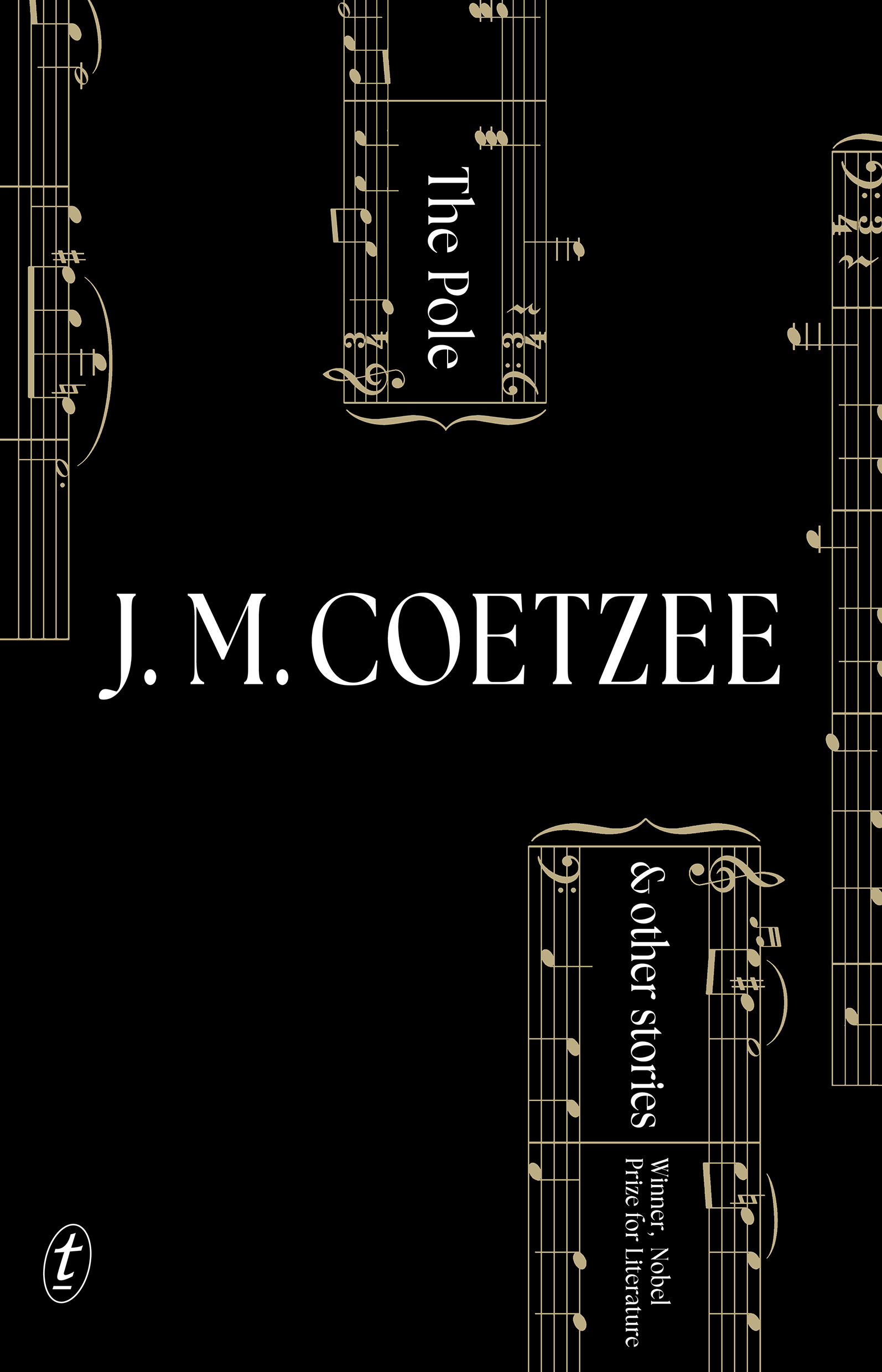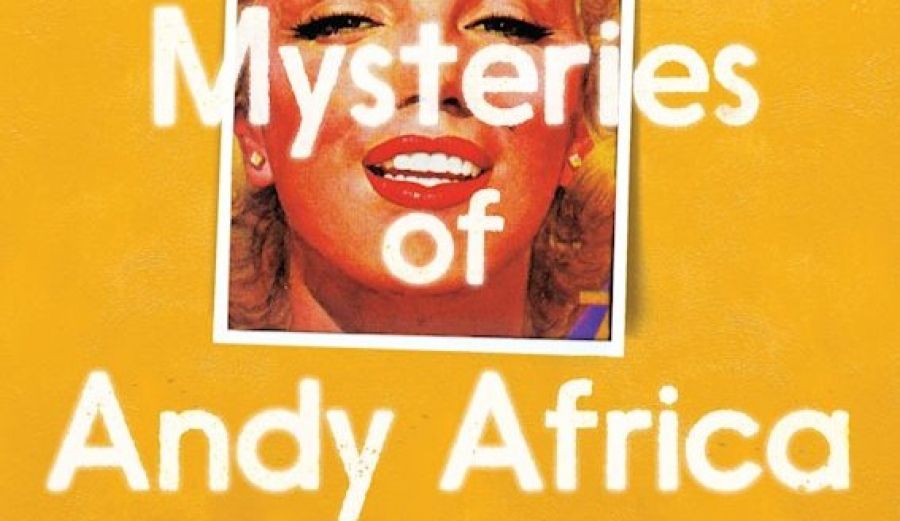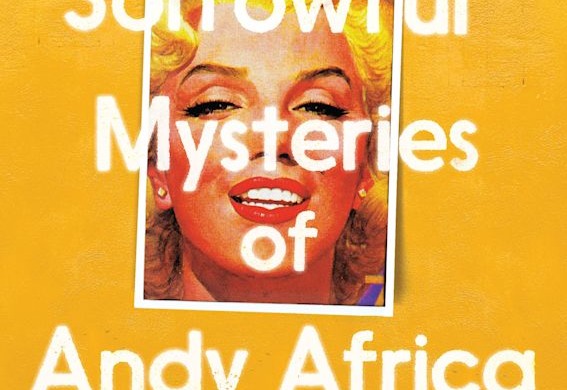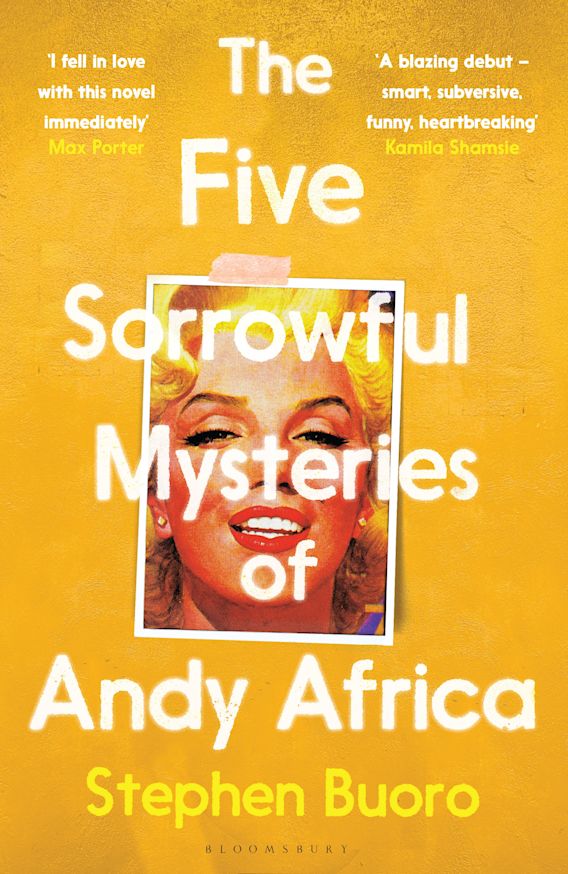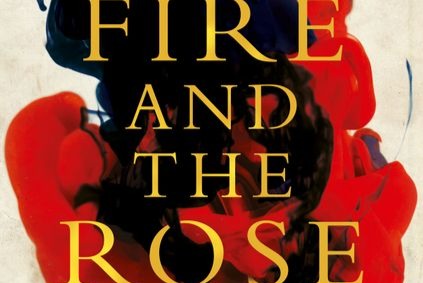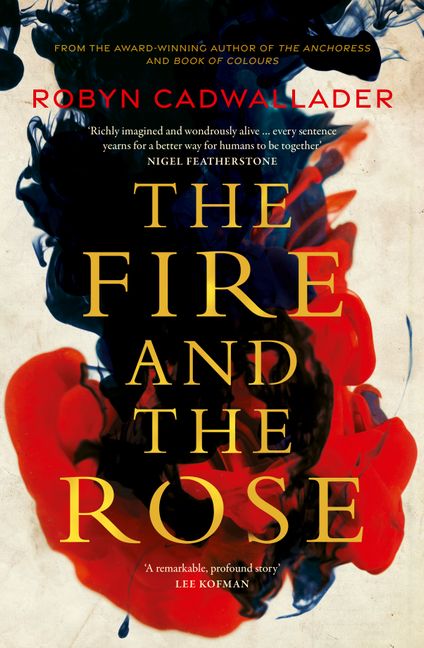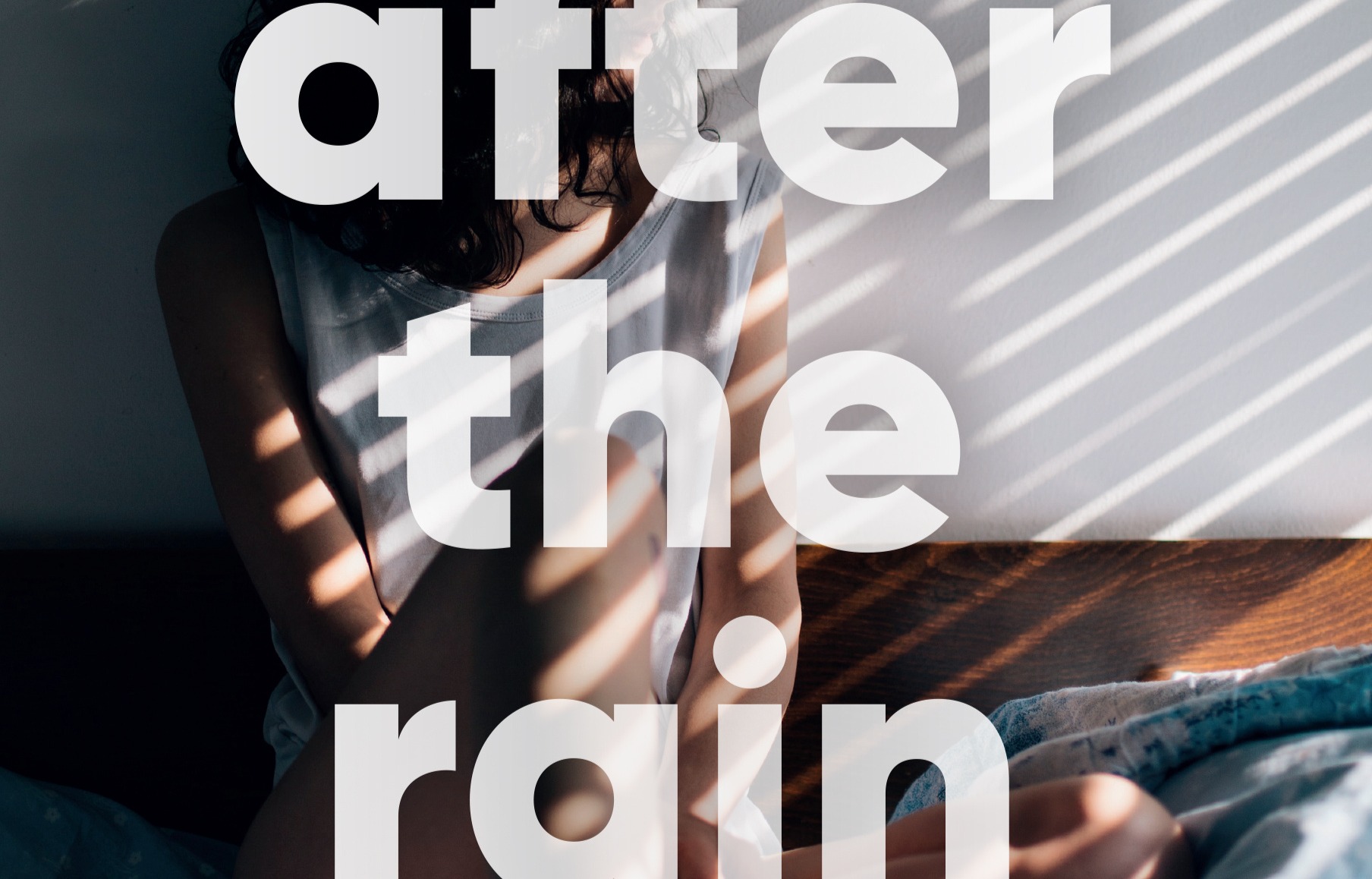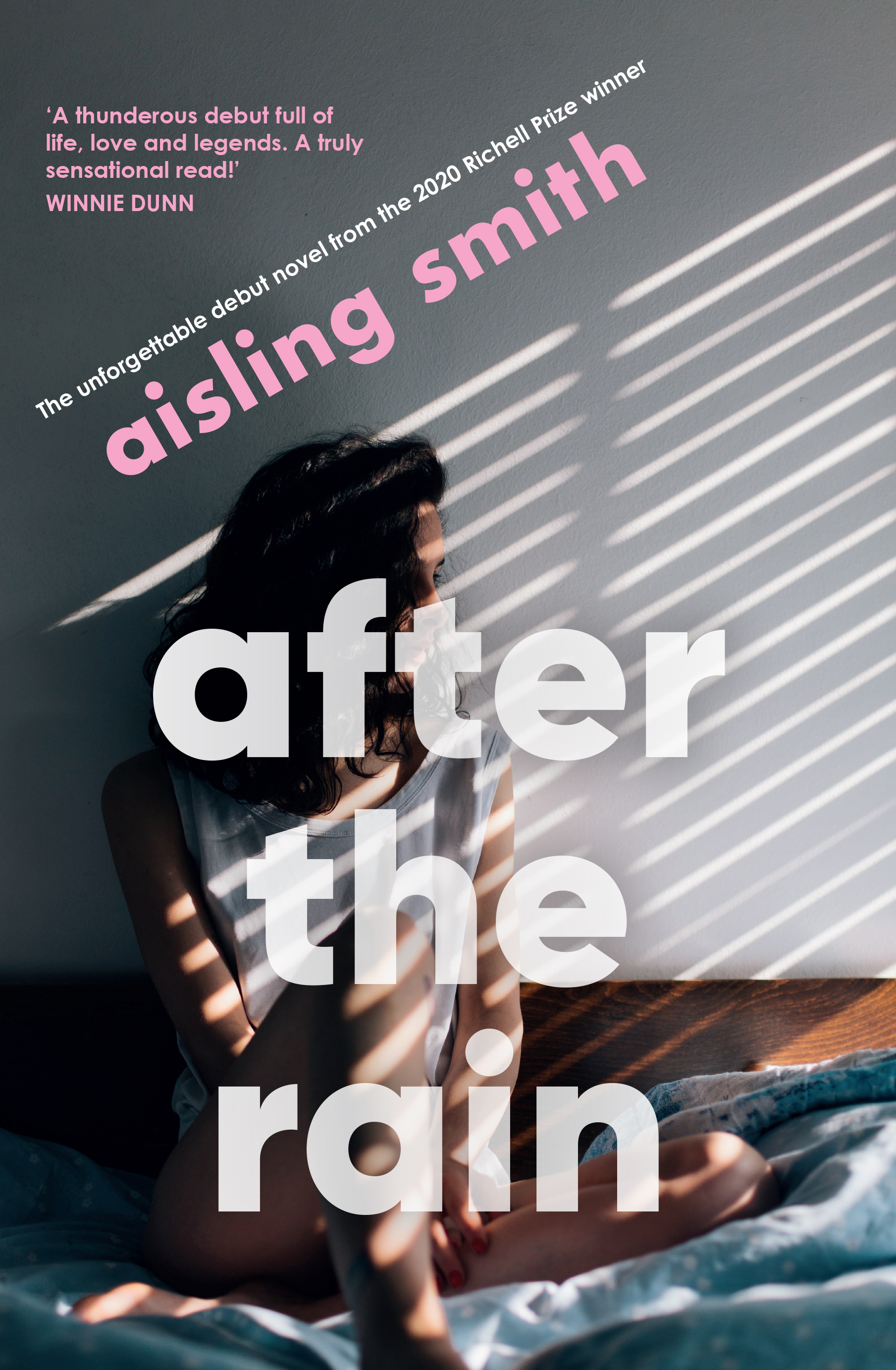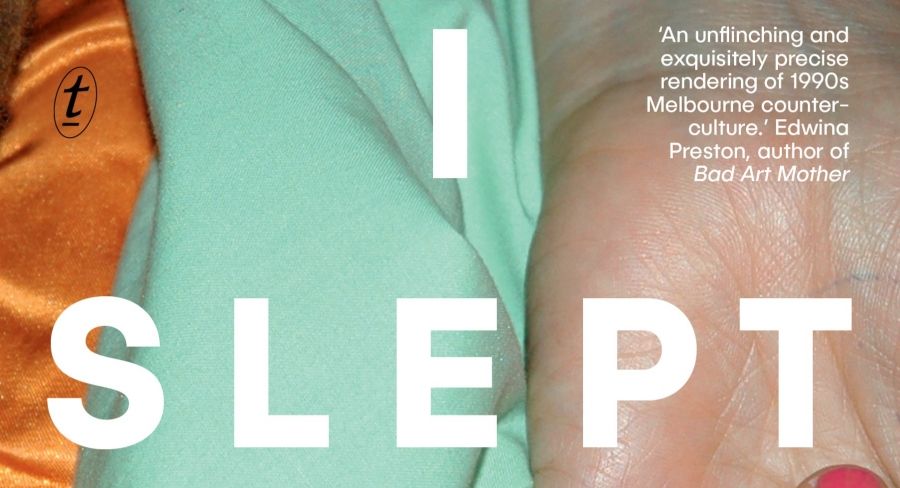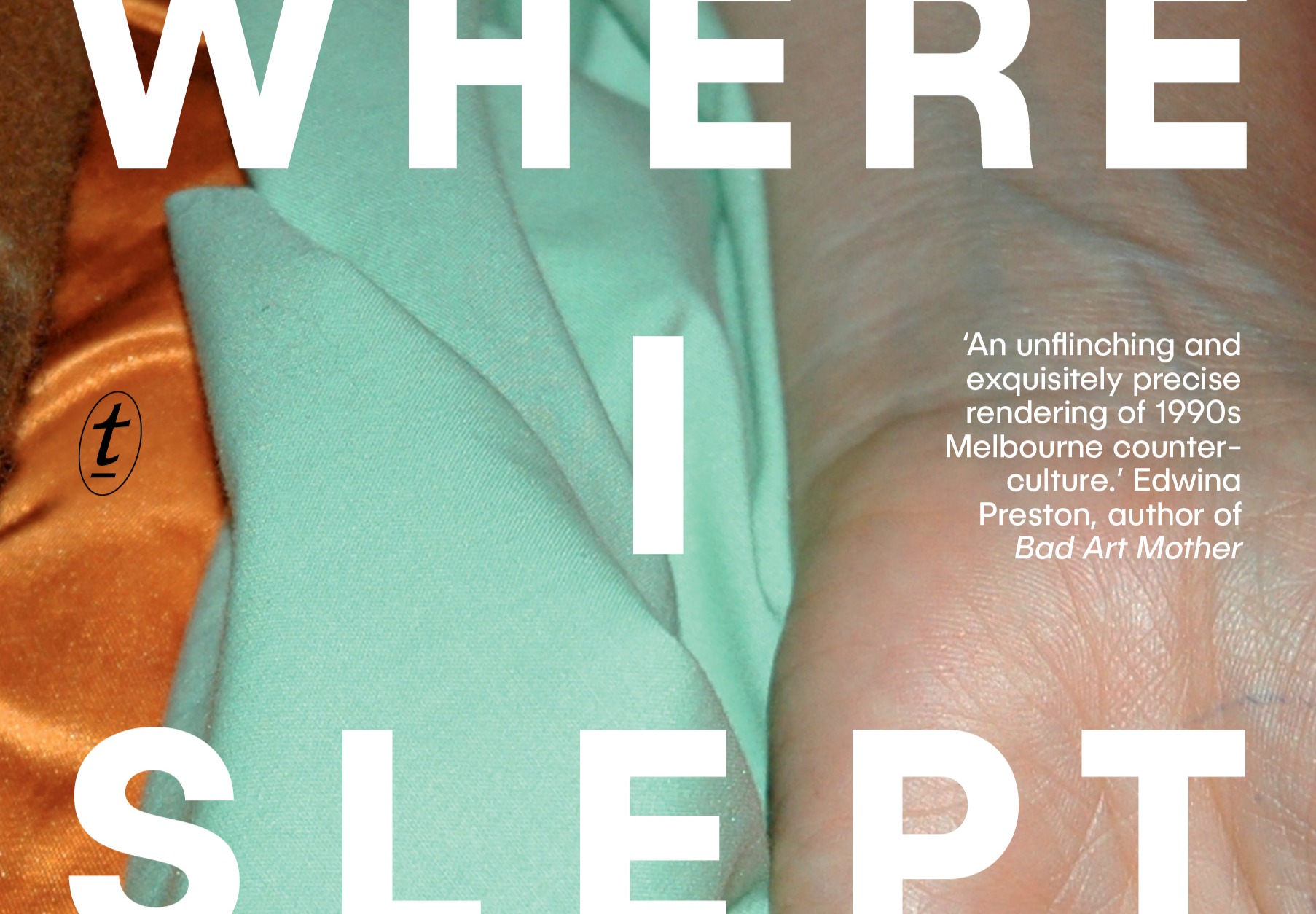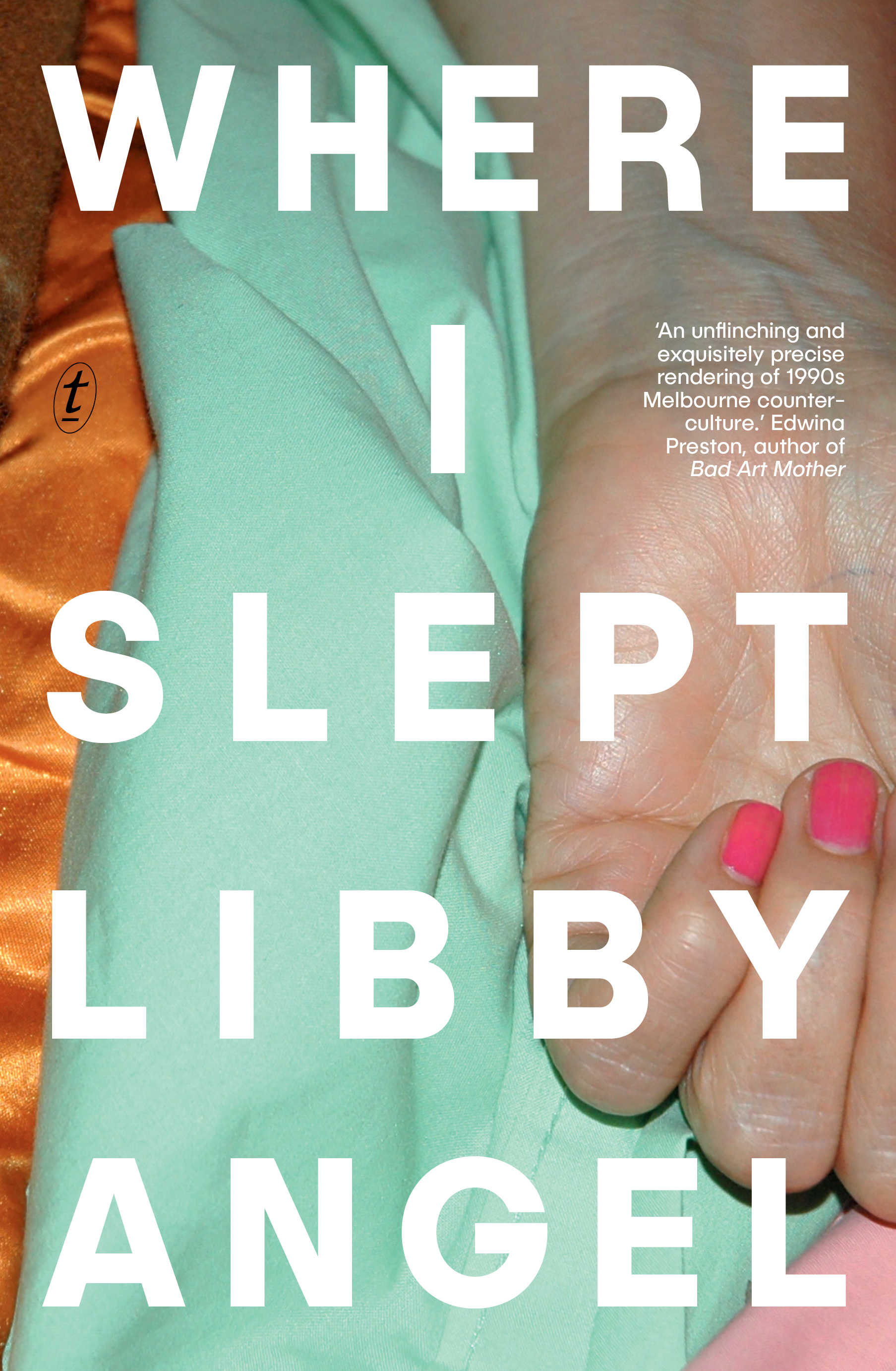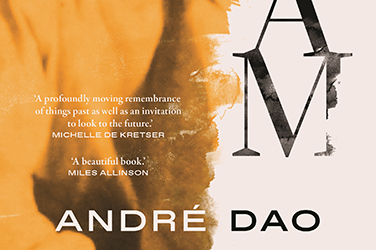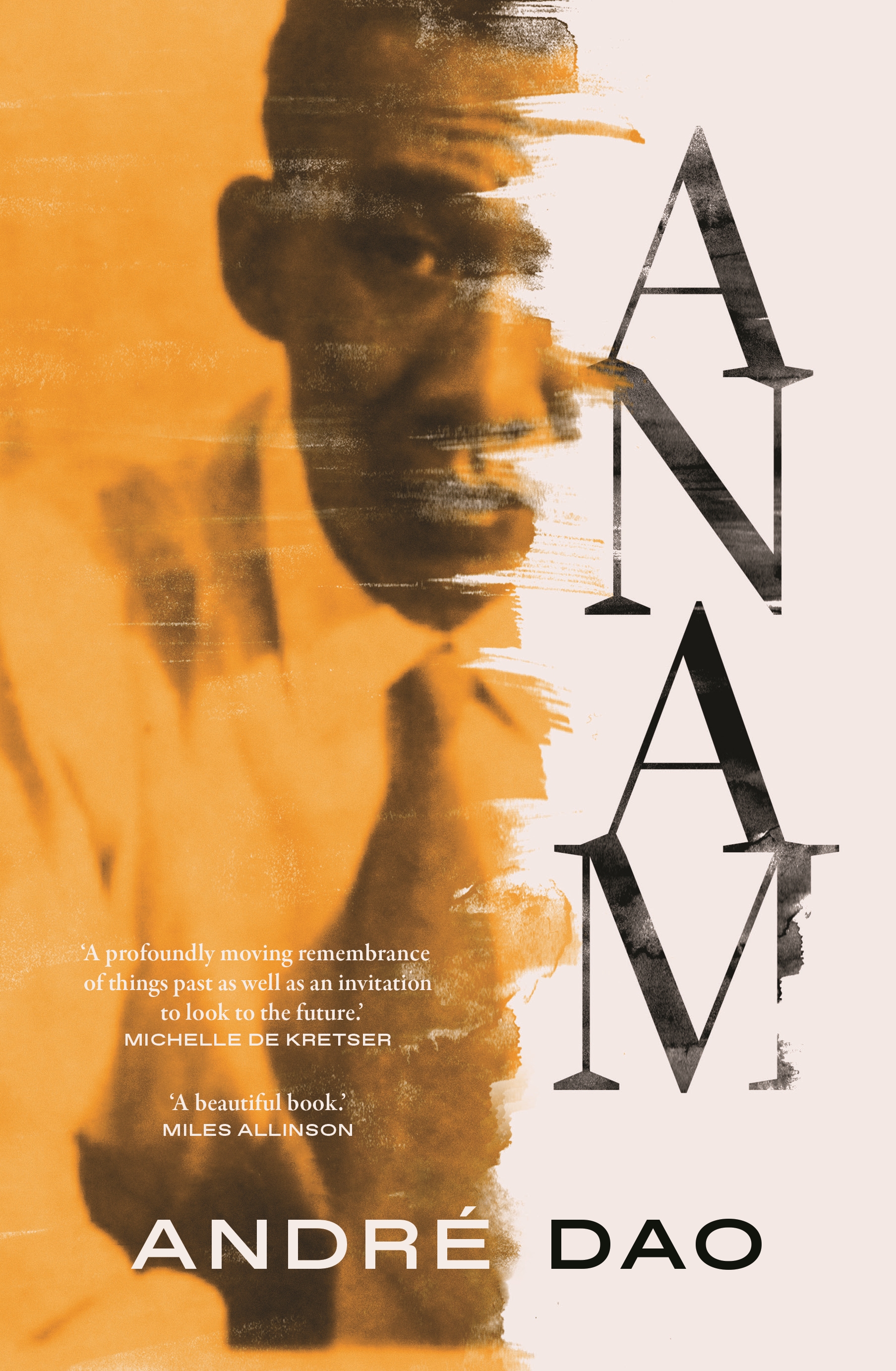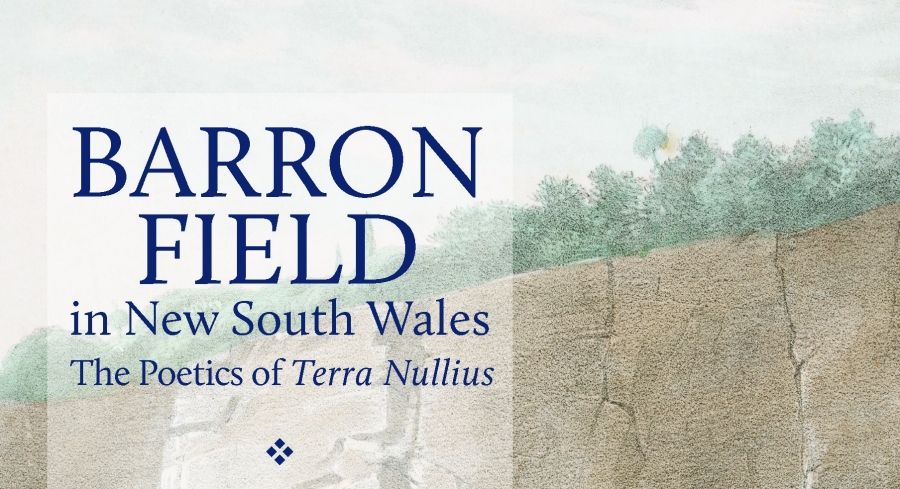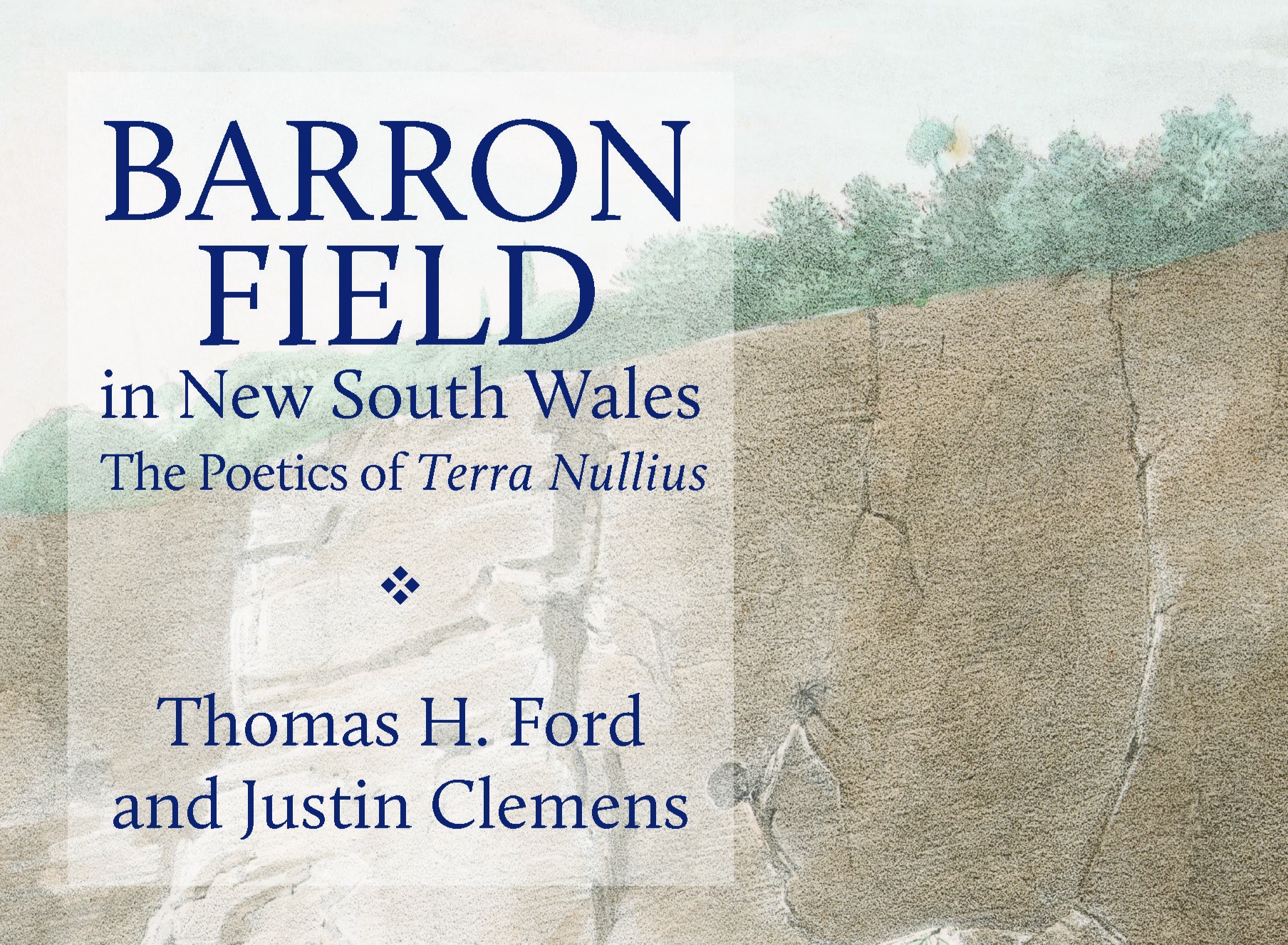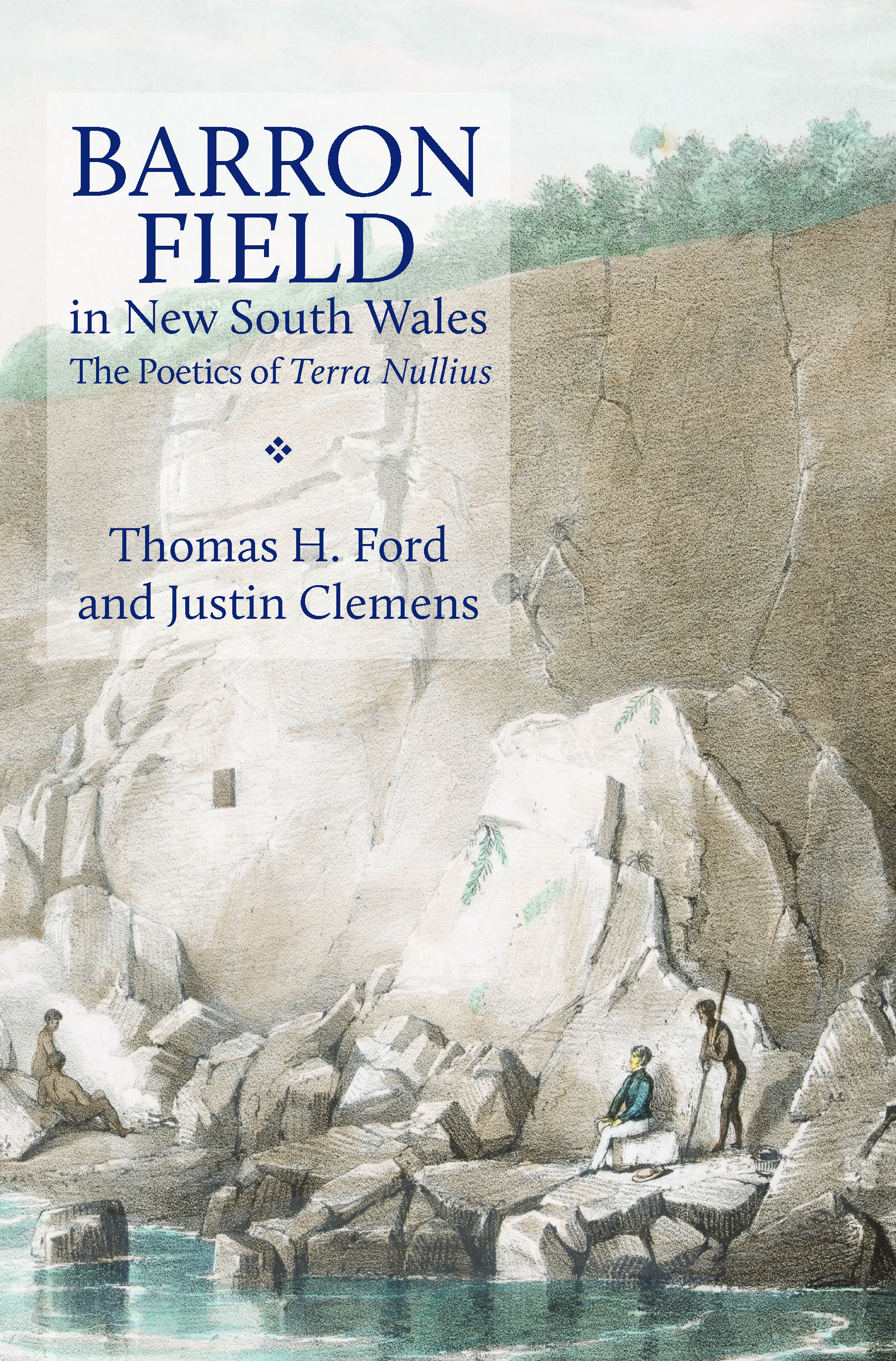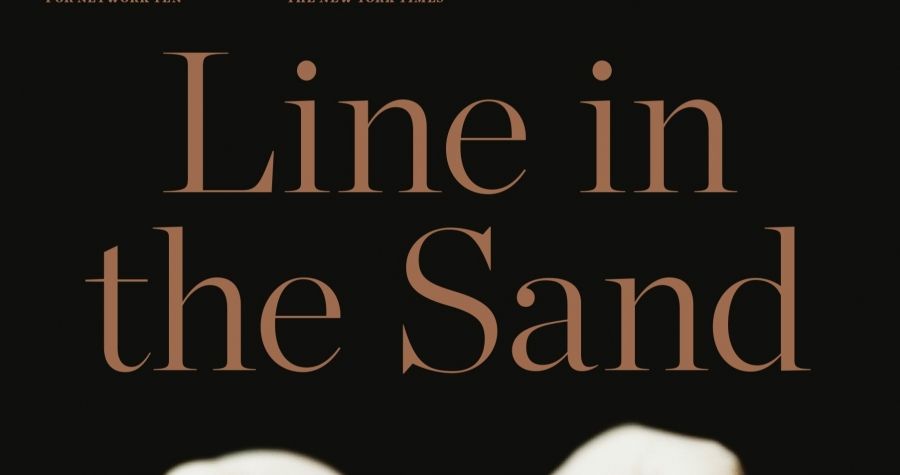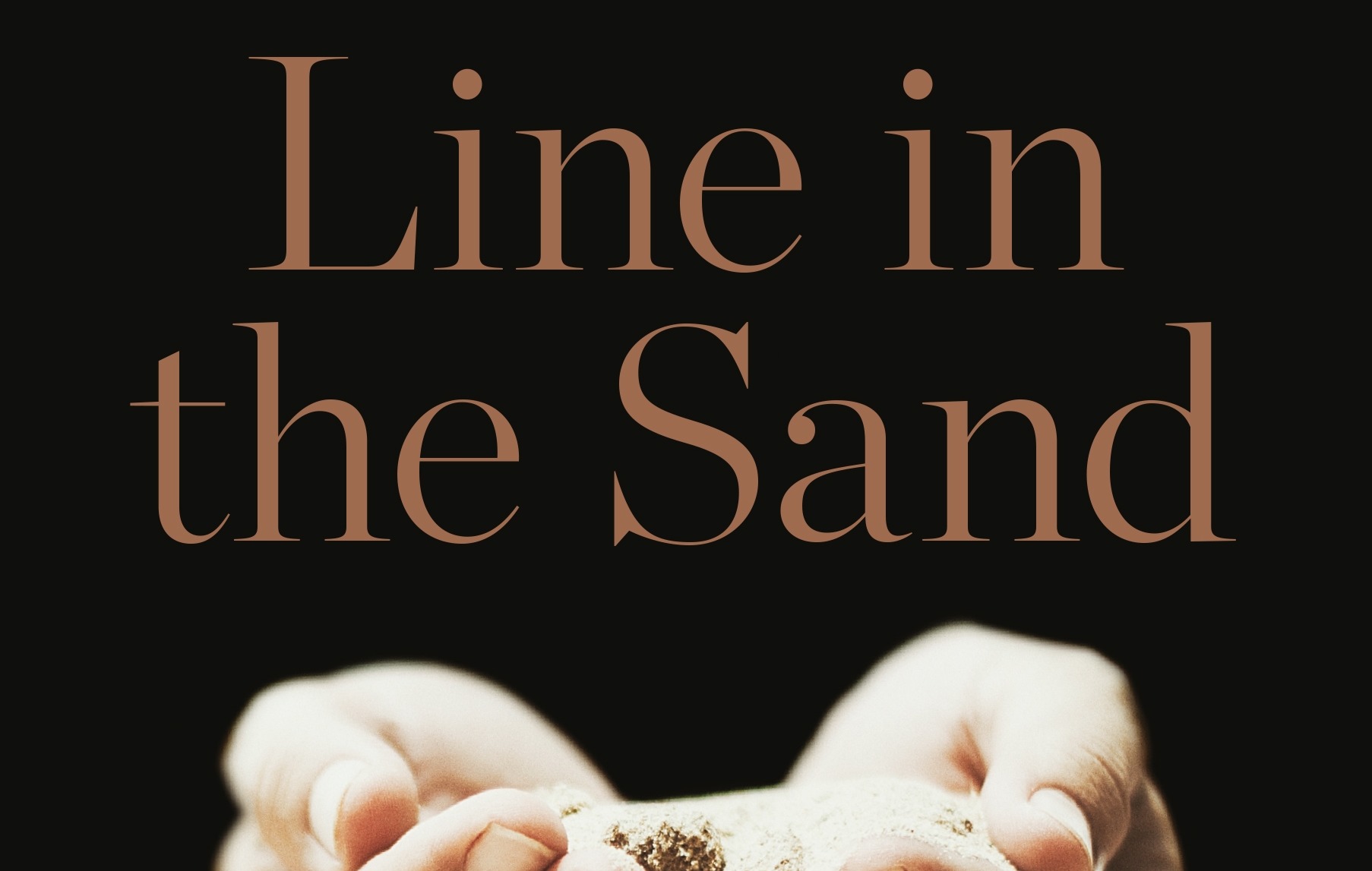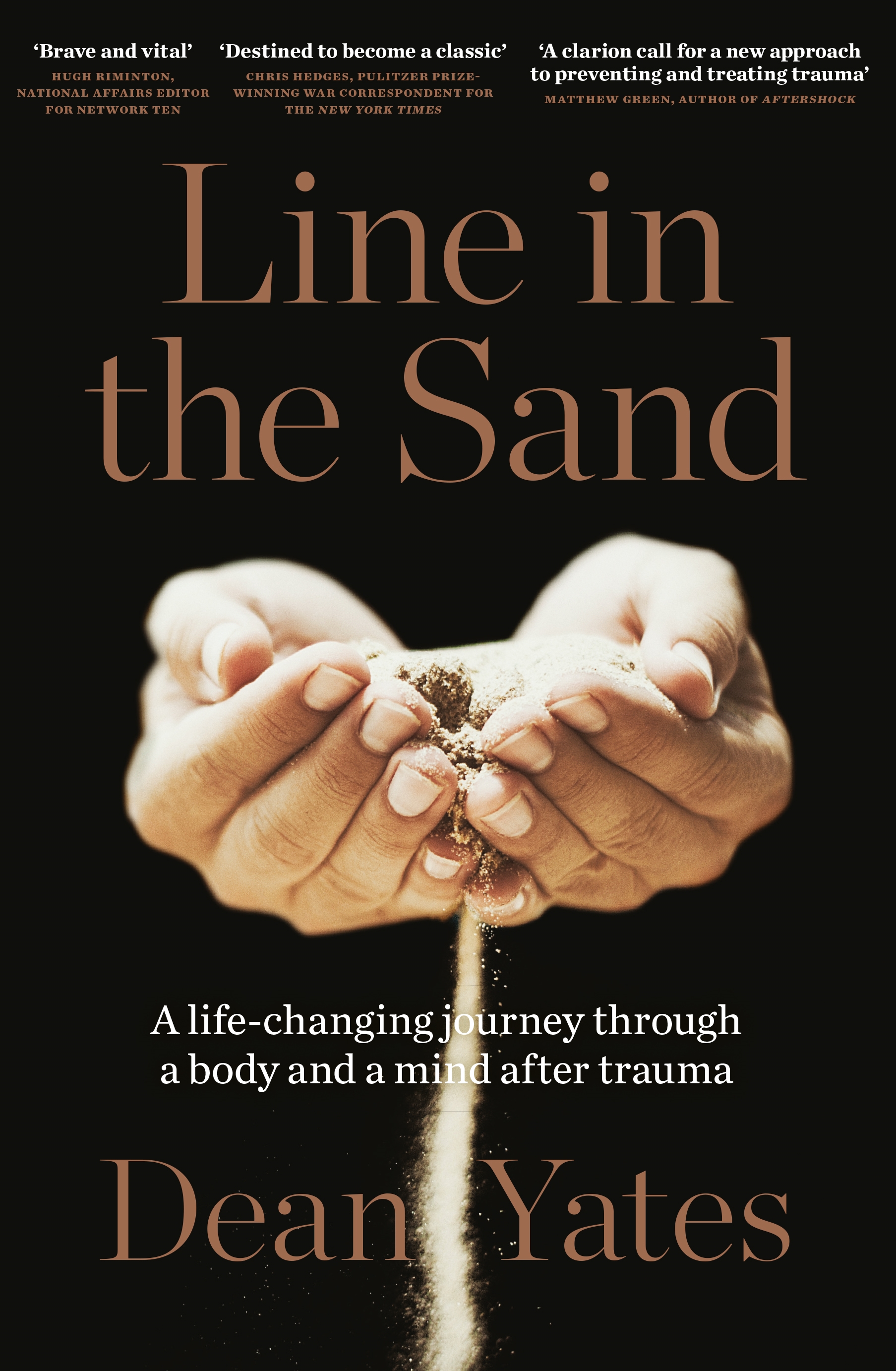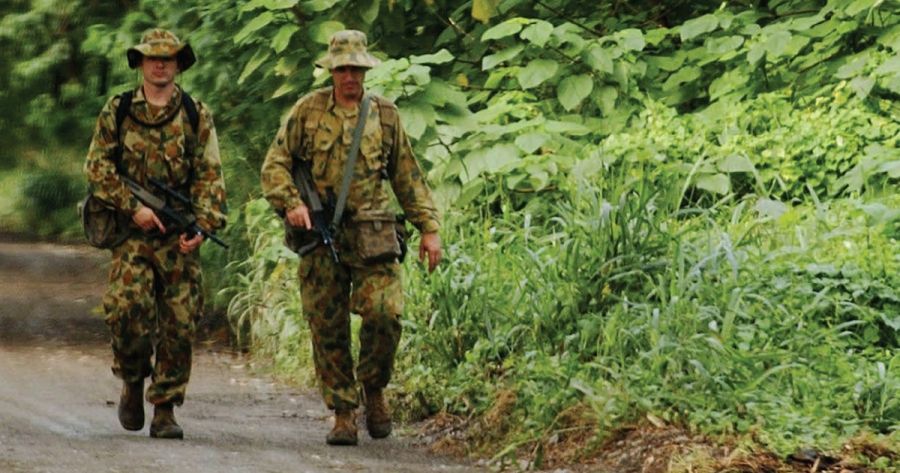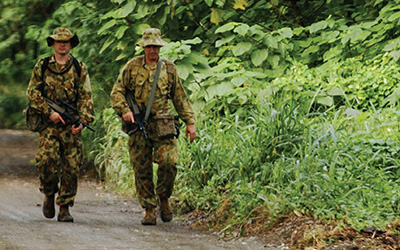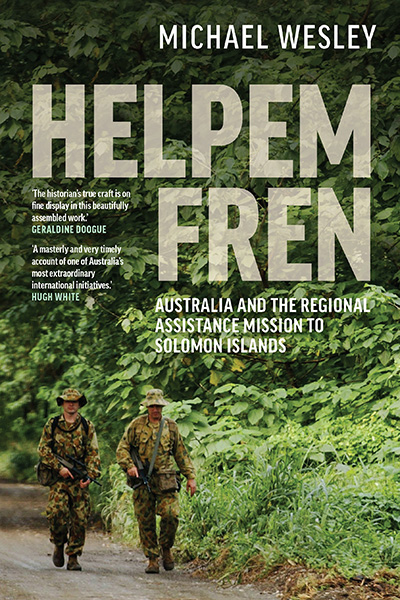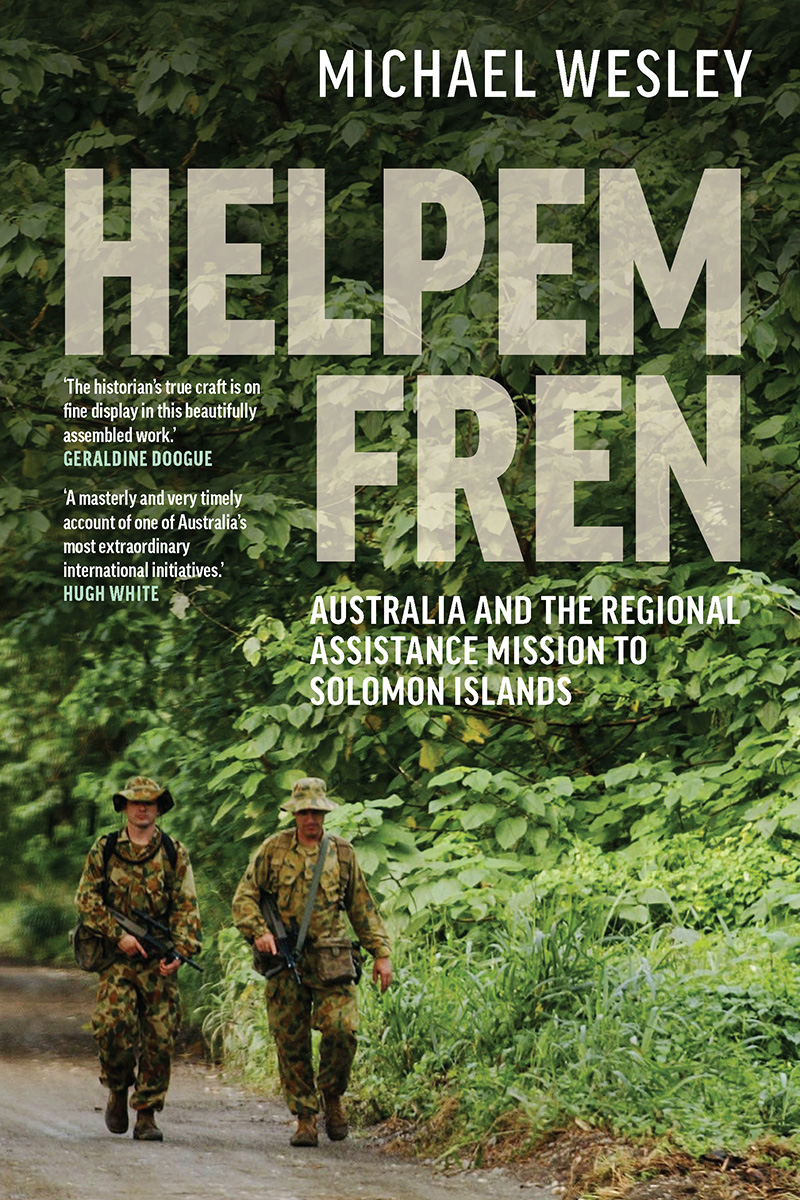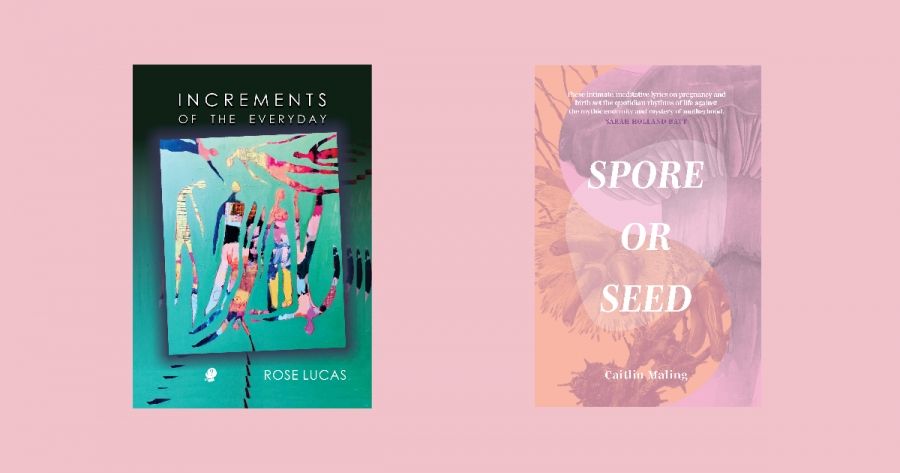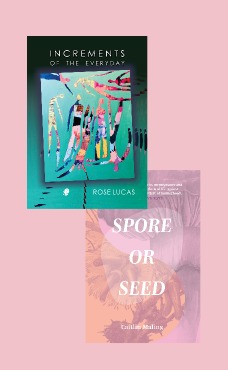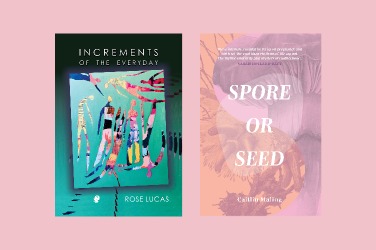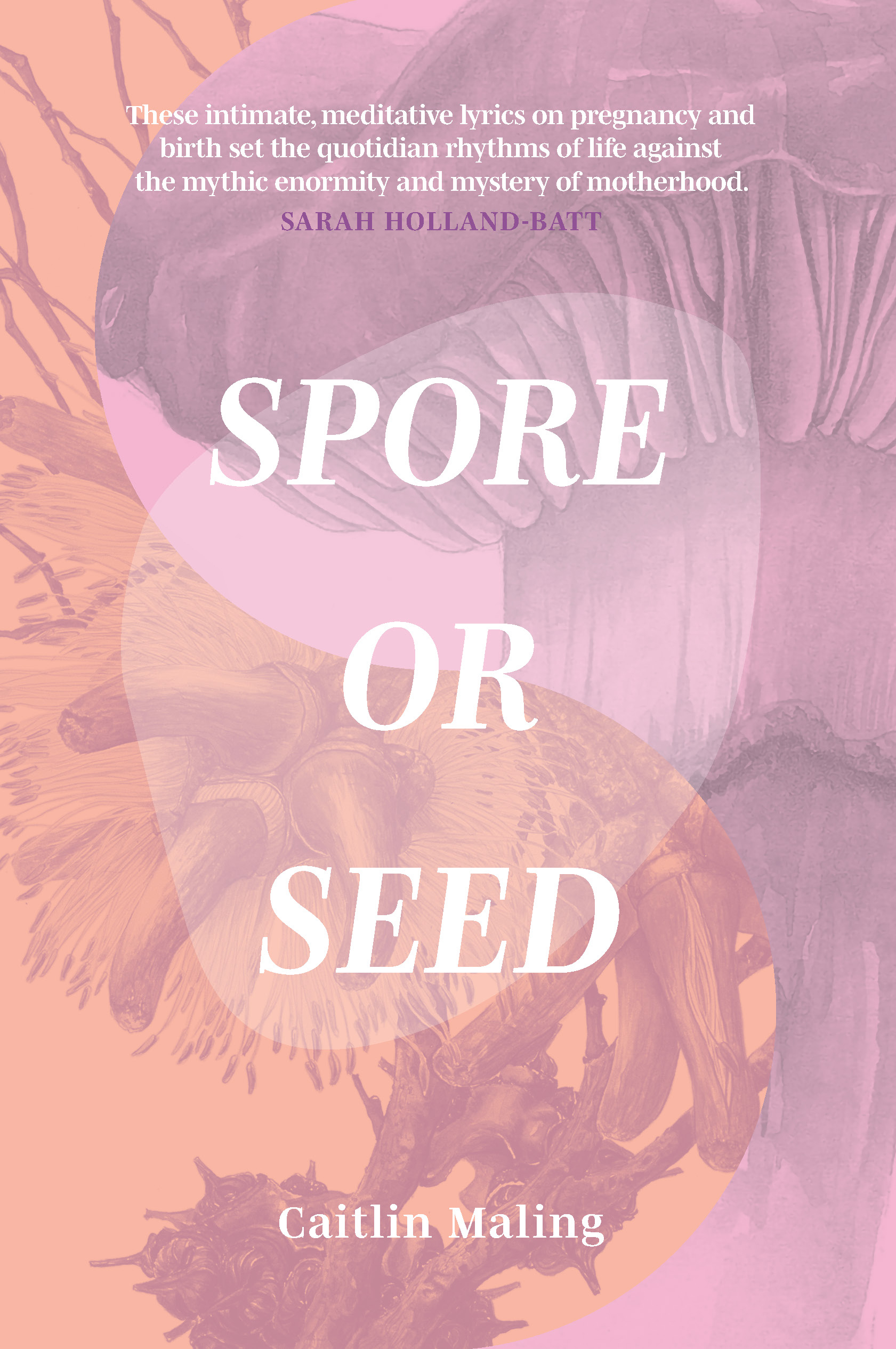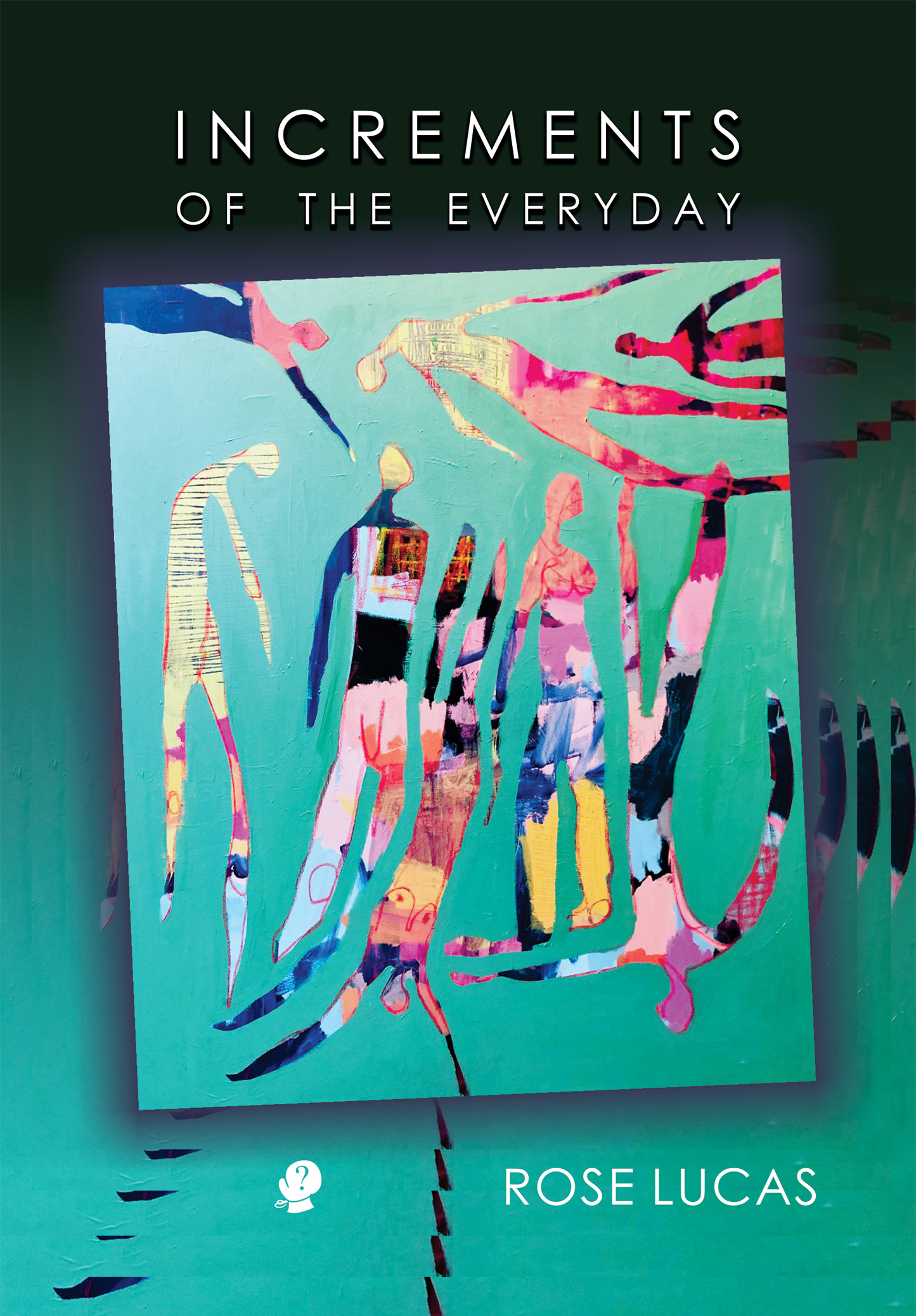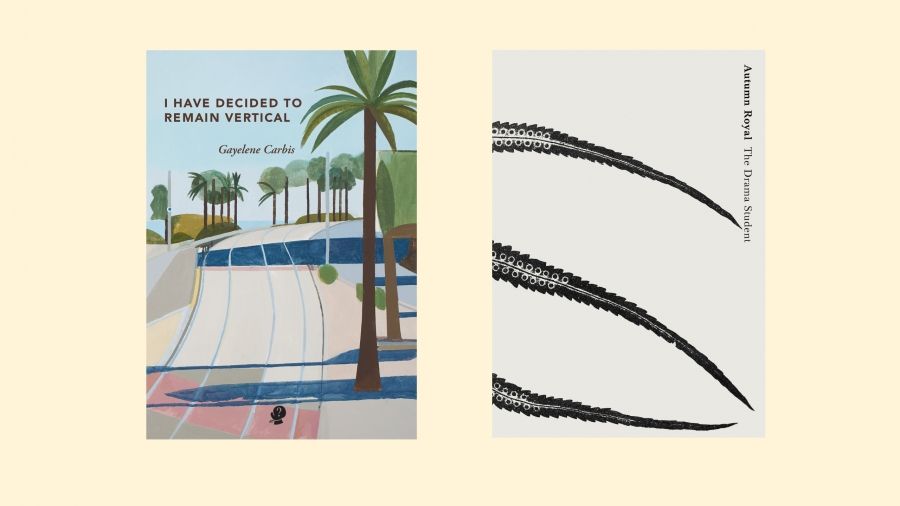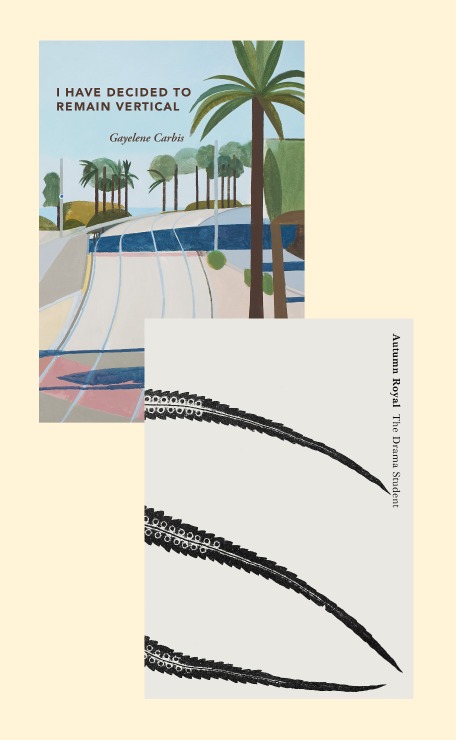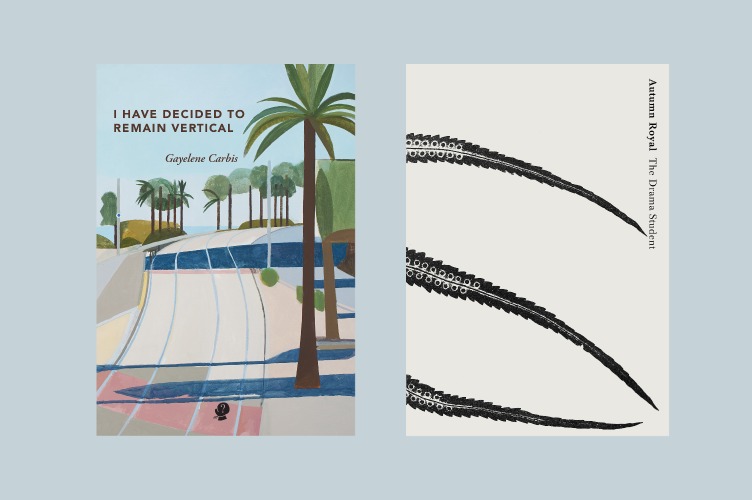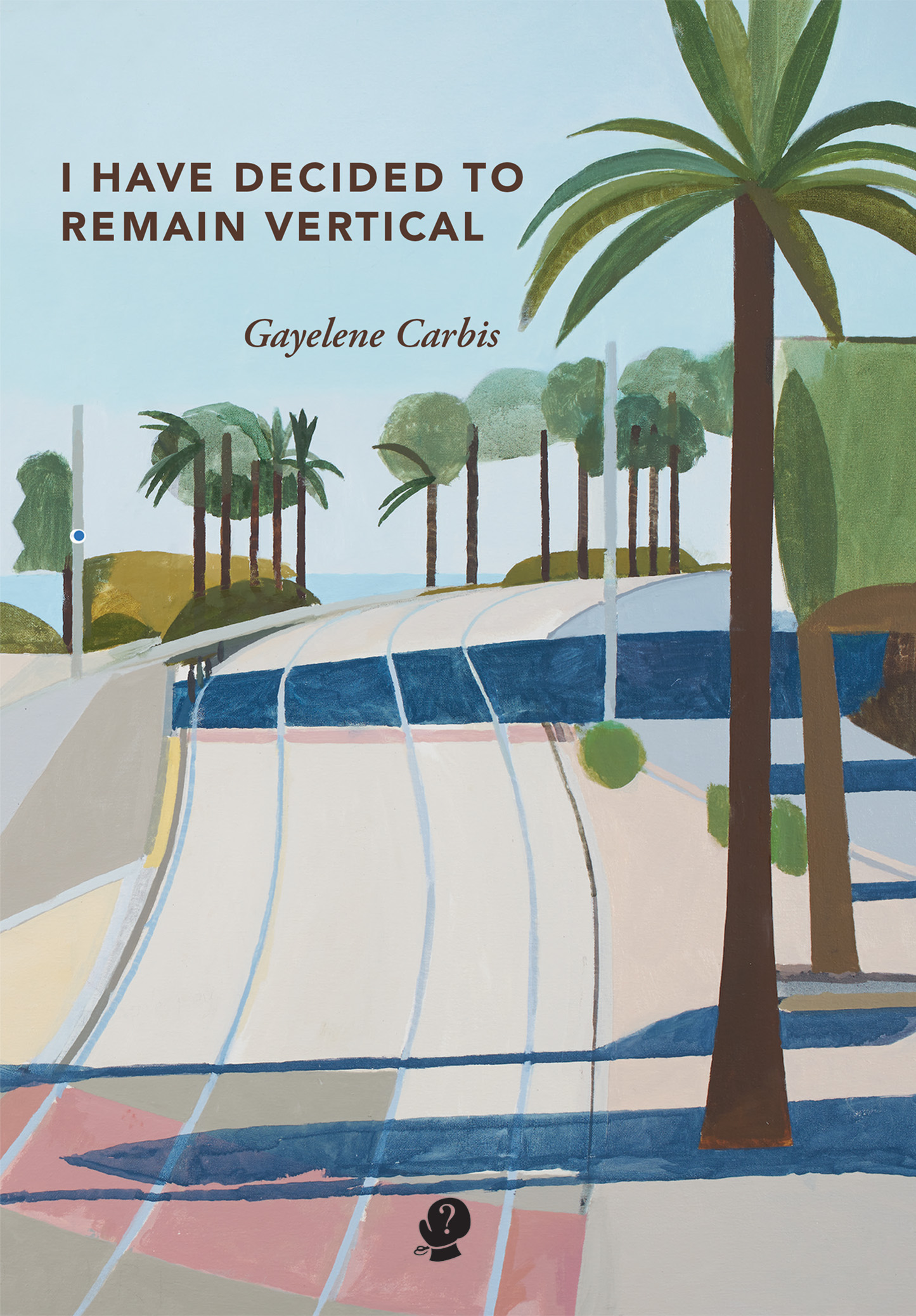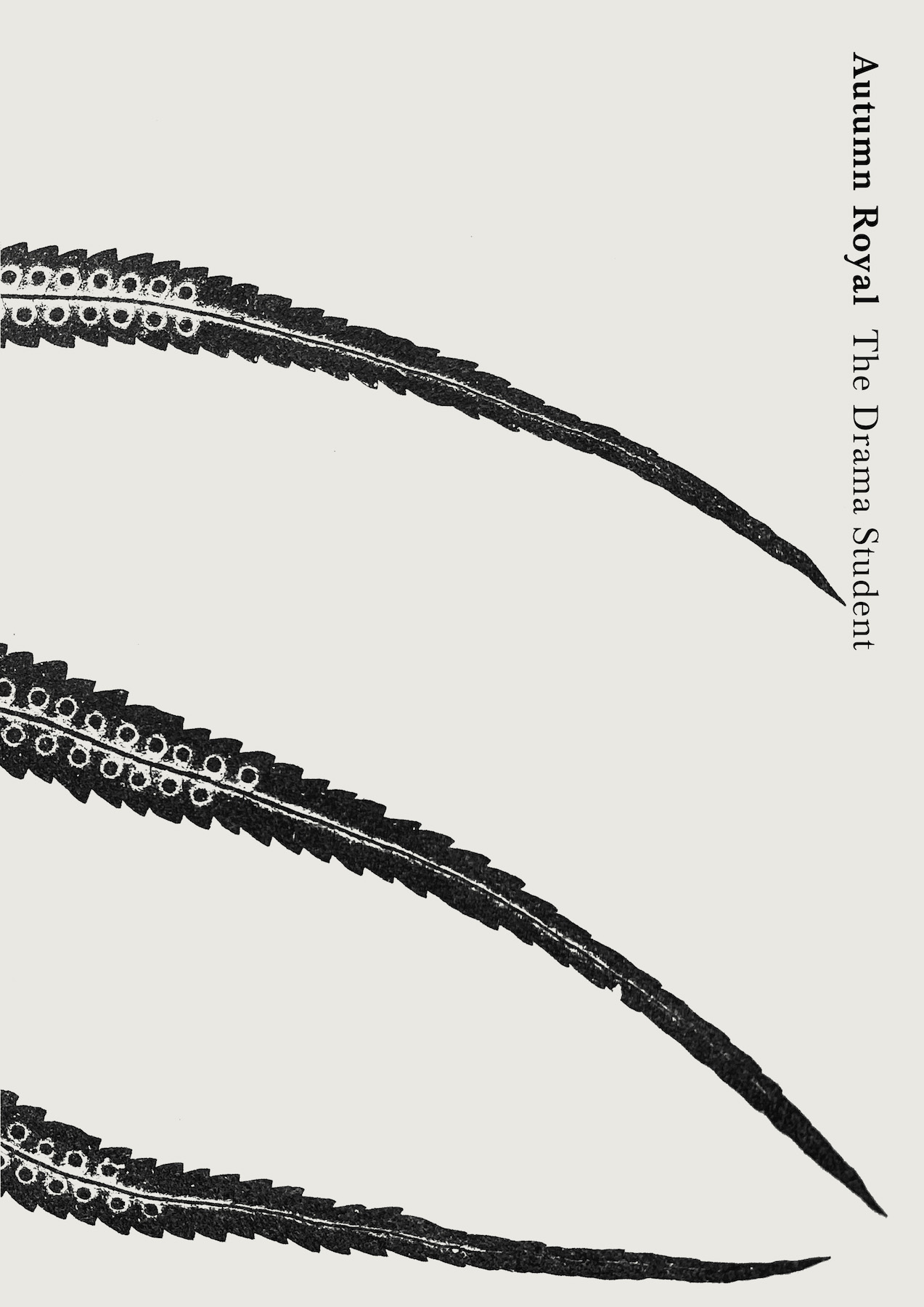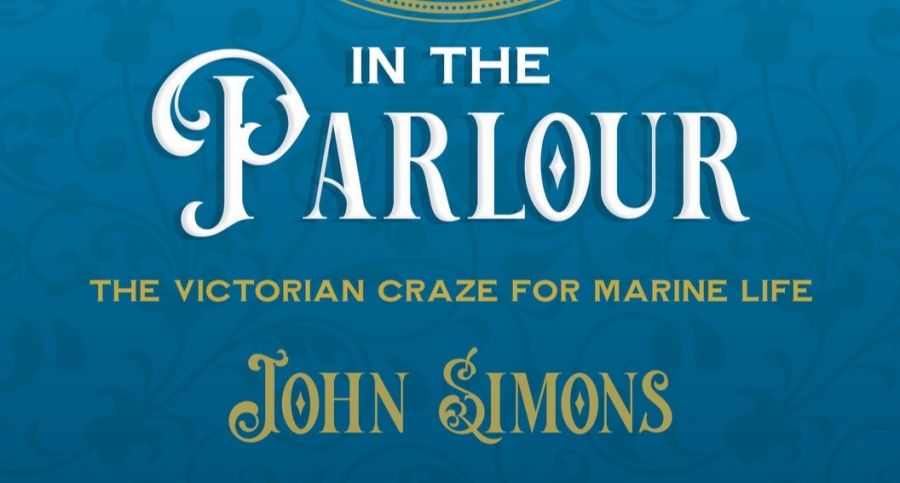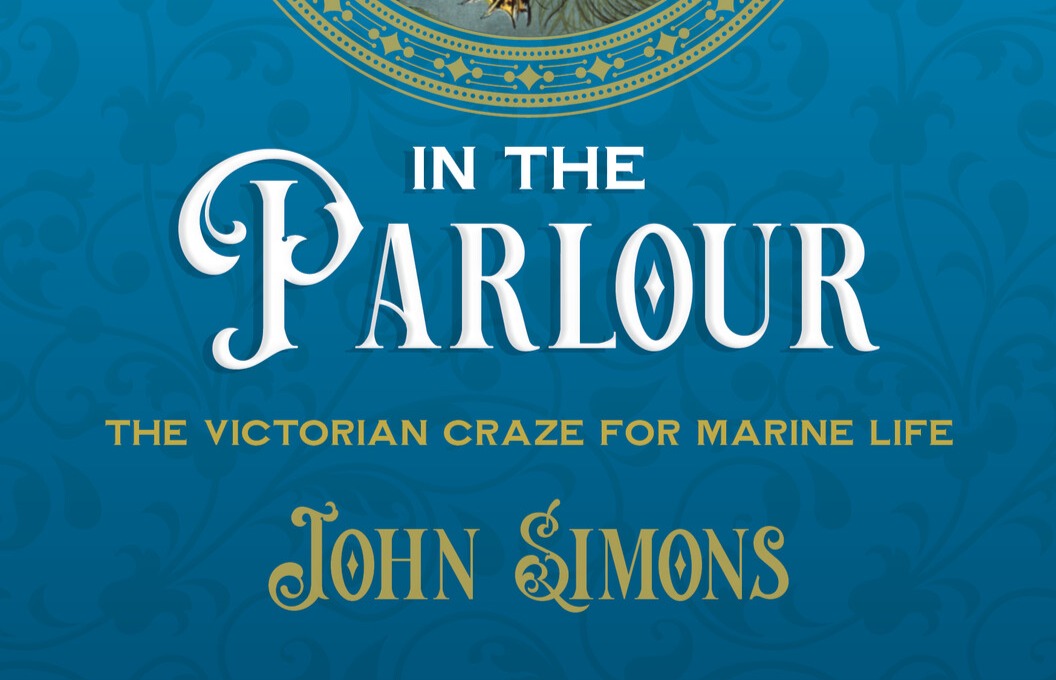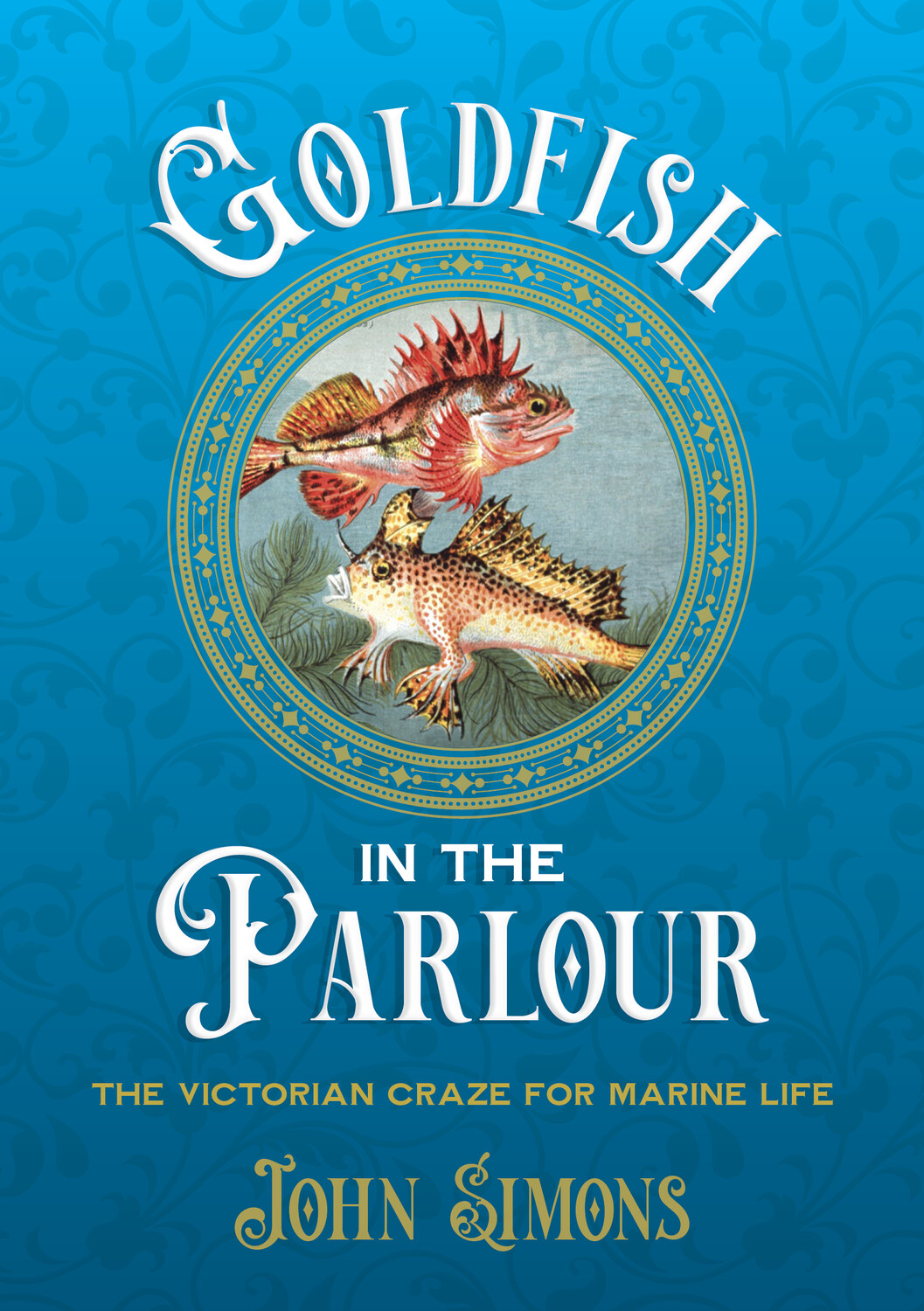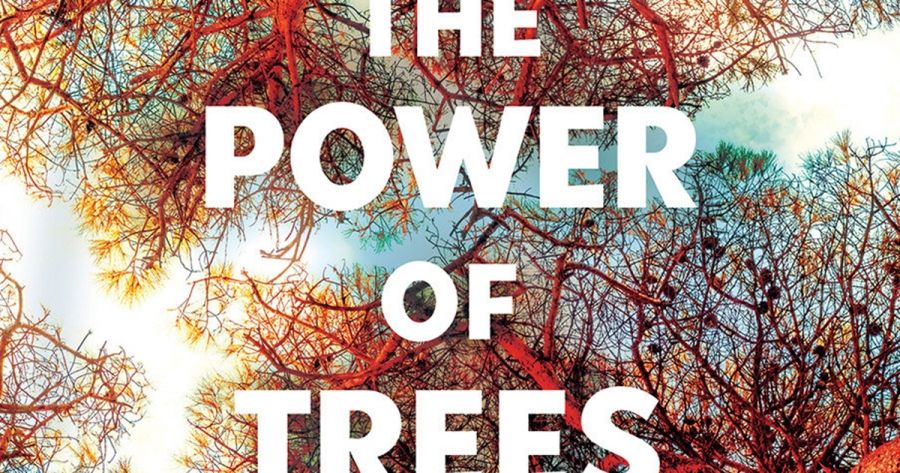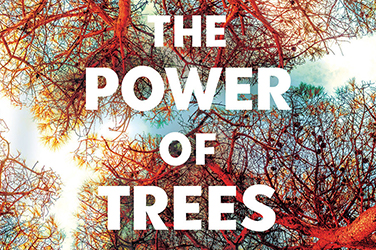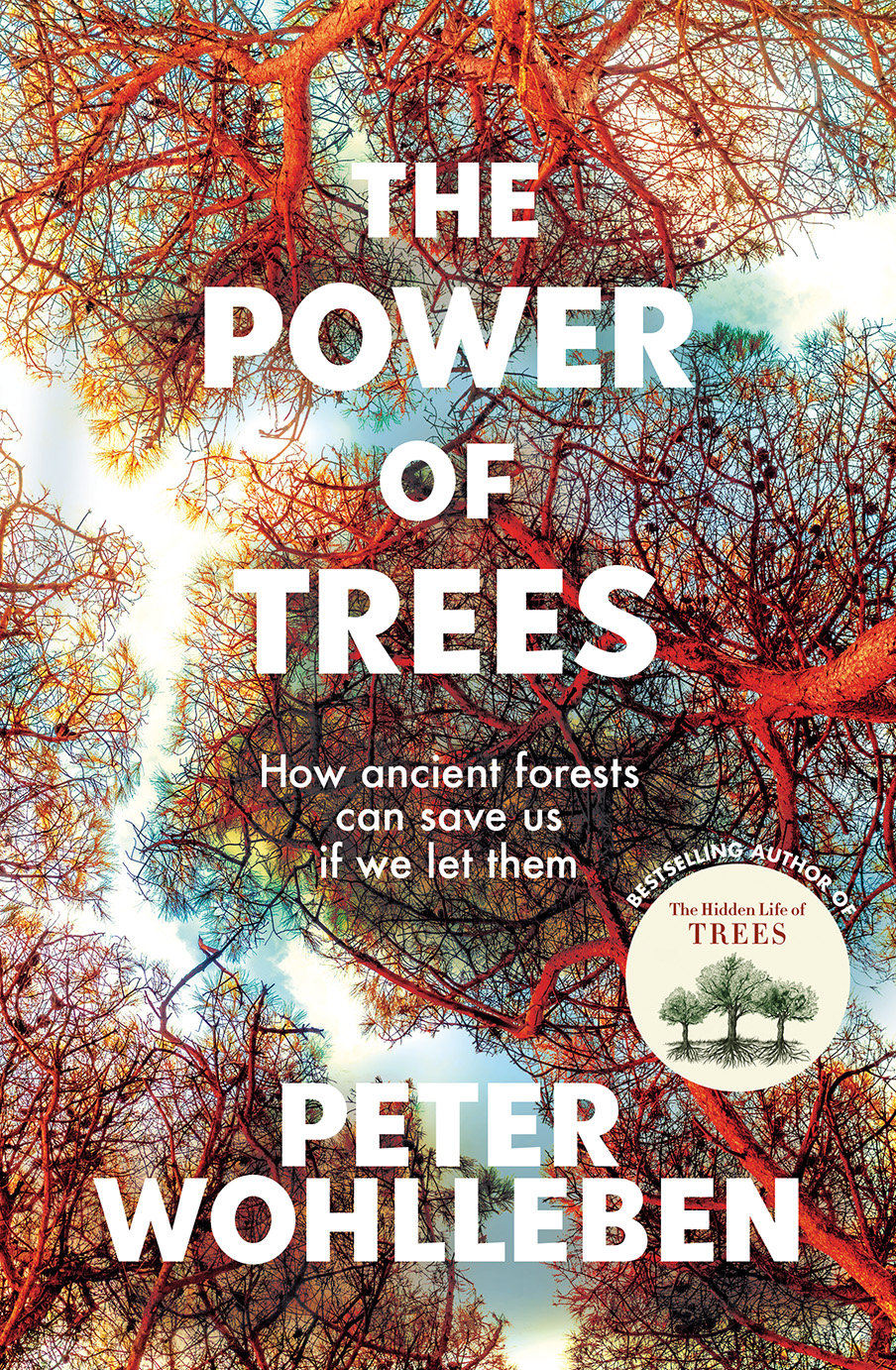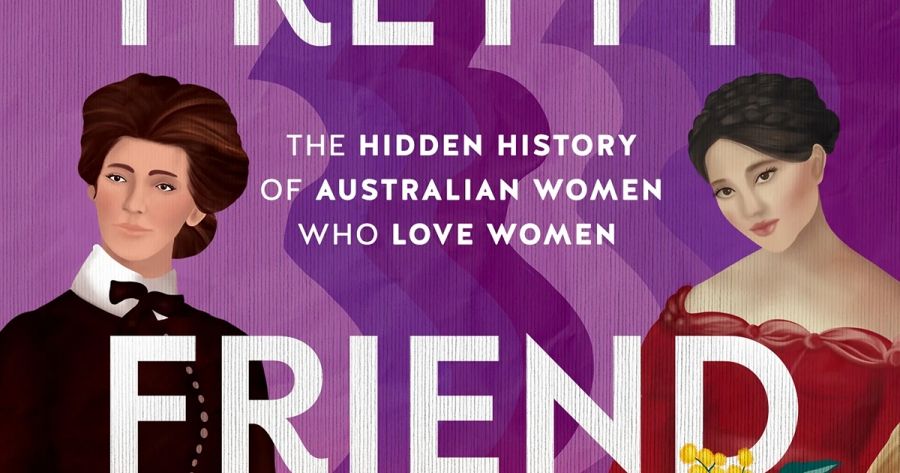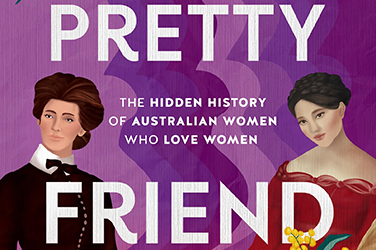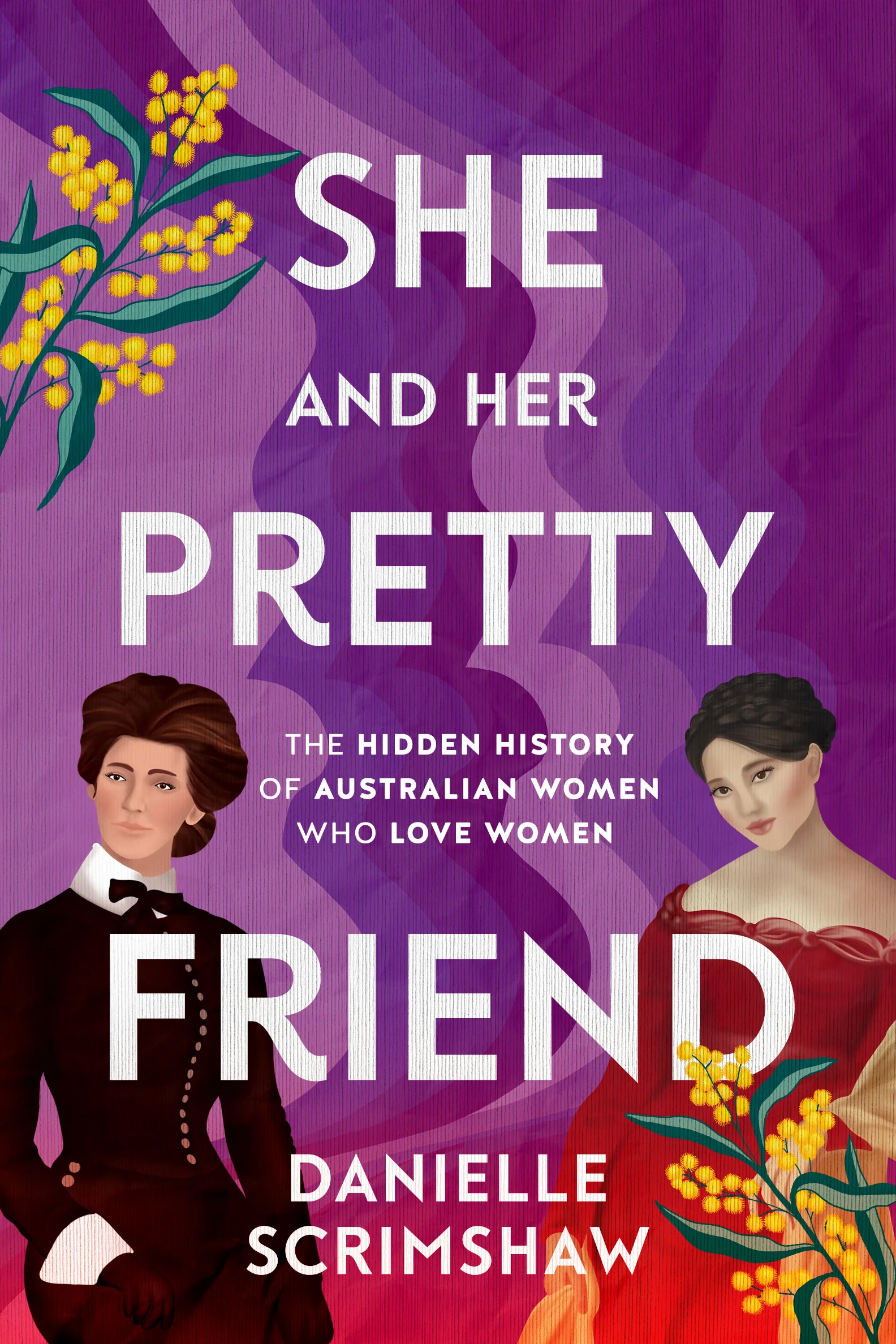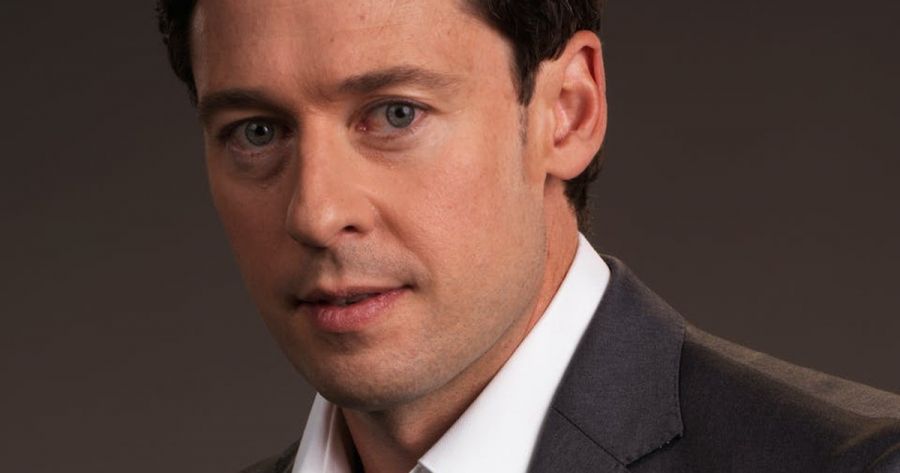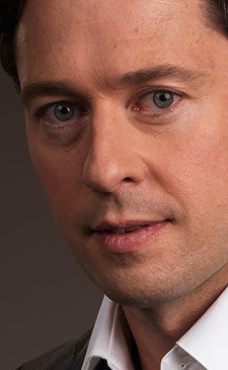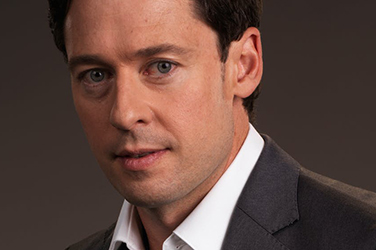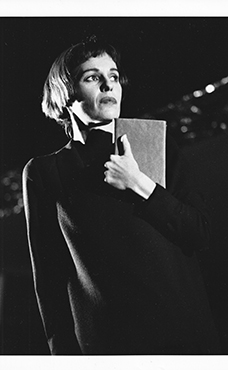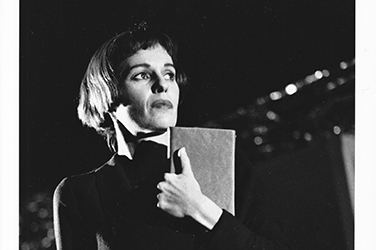- Free Article: No
- Contents Category: Advances
- Custom Article Title: Advances - July 2023
- Review Article: Yes
- Article Title: Advances
- Online Only: No
- Custom Highlight Text:
Read the advances here from the July issue of ABR.
Prime Minister’s Literary Awards
In the December 2022 issue, some readers may recall, ABR lamented the tardiness of the Prime Minister’s Literary Awards and questioned the representativeness of two of the juries: fiction/poetry and non-fiction/Australian history. In our editorial, we also recalled past interference in the judging process by two former prime ministers (one Labor, one Liberal).
The industry was heartened, earlier this year, by the federal government’s announcement that responsibility for the management of the PMLAs (worth a total of $600,000 in prize money last year) would move from the Office for the Arts to the Australia Council for the Arts (soon to become Creative Australia), as part of Revive, the National Cultural Policy.
Halfway through 2023, Advances put several questions to the organisers, including: when the PMLAs will be opened; if the judges have been appointed; how representative the juries will be; when the shortlists will be announced; and when and where the official ceremony will take place.
As we went to press, we received this statement from the Australia Council: ‘We are working with the Office for the Arts through the transition, including the selection of the judges and timing of the announcements.’
Last year’s PMLAs were announced on 13 December, far too late in the publishing calendar, according to many publishers and booksellers. Let us hope that this year’s prizes – which should be so transformative for the winners and their commercial prospects – will be known well before then.
Backstage
To complement our four existing Q&As (Open Page, Poet of the Month, Critic of the Month, and Publisher of the Month), last month we created Backstage, a monthly column featuring a noted performing artist or someone closely associated with the arts sector. Fittingly, Robyn Archer – legendary performer and ABR’s second Laureate – inaugurated Backstage, with some typically pithy, original comments about seminal performances, favourite songs, artists she would have liked to work with, the best advice she’s ever received, and so forth.
Asked to nominate her favourite theatrical venue in Australia, Archer opted for the Dunstan Theatre at the Adelaide Festival Centre. Archer’s current national tour (An Australian Songbook), which supposedly coincides with her seventy-fifth birthday (though we don’t believe it for a minute), took her to the Dunstan in mid-June. Chris Reid reviewed it for ABR Arts (now online).
This month’s Backstager is Helen Morse, veteran of theatre, film, and television – and a superb reader of poetry, too, as we were reminded during her tribute to Gwen Harwood at the recent Adelaide Writers’ festival.
Morse, who will soon perform in Caryl Churchill’s Escaped Alone for the MTC, has this advice for aspiring artists: ‘Train your voice, body, and mind, but don’t forget to live life! Serve the play – it’s all in the text.’ And her favourite venue? Fortyfivedownstairs, that valiant project in Flinders Lane, Melbourne.
Backstage appears on page 63. If Advances were on the ABC, we’d encourage you to nominate future Backstagers – but actually we’re always open to suggestions.
Reader survey
Apropos of openness, or suggestibility, we’re grateful to everyone who responded to our recent survey. Several hundred people did – thoughtfully, informedly, mostly supportively, sometimes grumpily (what’s a survey without a bit of ‘lively feedback’!).
We’ll repeat the survey in due course, all part of our ongoing refreshment of the magazine that obviously means as much to many readers as it does to everyone at ABR.
We offered two prizes in our promotion. Judith Bishop has won a bundle of tickets to the Spanish Film Festival, courtesy of Palace Films, and Prakash Subedi receives a three-year digital subscription.
Facsimile edition
One response did surprise Advances. Asked to nominate their preferred format of ABR, almost ten per cent of respondents named the facsimile edition (the digital reproduction of the print edition that we produce each month). We had no idea so many people were using it regularly. ABR started to publish this format in 2020 because of the long postal delays caused by Covid-19. Now, it seems, many readers are turning to this add-on digital version, which offers a facsimile of the entire issue – ads and all!
A reminder to all our subscribers (print or digital): you can access the facsimile edition via our website.
Encouraged by the response, we will now set about creating facsimiles of all past issues of ABR, to complement our unique digital archive going back to 1978.
Peter Porter Poetry Prize
Where have the years gone? It’s been thirteen years since Peter Porter, one Australia’s greatest poets, died, and nineteen since ABR first offered the poetry prize that now – abundantly alliteratively – bears his name. Open to all poets writing in English around the world since 2014, the Porter Prize has become one of the world’s leading awards for a new poem. Past winners include Judith Bishop and Anthony Lawrence (twice each), Judith Beveridge, Stephen Edgar, and Sara M. Saleh.
The twentieth Porter Prize will open on 3 July, with a closing date of 9 October. Again, we welcome poems of all shapes and styles. The prize money totals $10,000, with a first prize of $6,000, to be chosen by our three judges, distinguished poets all: Lachlan Brown (shortlisted in 2020), Dan Disney (winner in 2023), and Felicity Plunkett. Full details appear on our website.
We remain truly grateful to the prize’s principal patron, Morag Fraser, and also to Andrew Taylor.
Brent Lukey
Amy Baillieu – Deputy Editor of ABR – has done some fine covers this year, but this month’s one is choice, greatly helped by a characteristically stylish and atmospheric photograph from Melbourne artist Brent Lukey, a finalist in the 2023 Olive Cotton Award. Brent is actually a neighbour of ours at the Boyd Community Hub, through Creative Spaces, our mutual landlord. It’s great to have him on our cover.
The finalists’ works in the Olive Cotton Award will be on display at the Tweed Regional Gallery (NSW) from 14 July to 24 September. Brent’s entry is a luminous new portrait of Marcia Langton.
Correction: An earlier version of Advances incorrectly listed Maria Takolander as the third Peter Porter Poetry Prize judge instead of Felicity Plunkett. Maria was one of the judges of the 2023 ABR Elizabeth Jolley Short Story Prize.




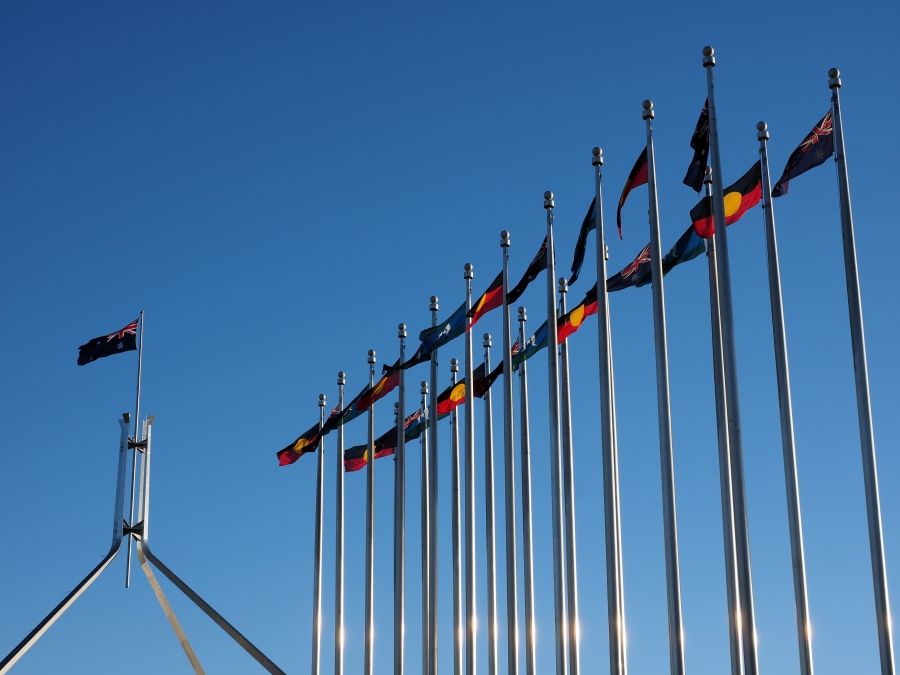
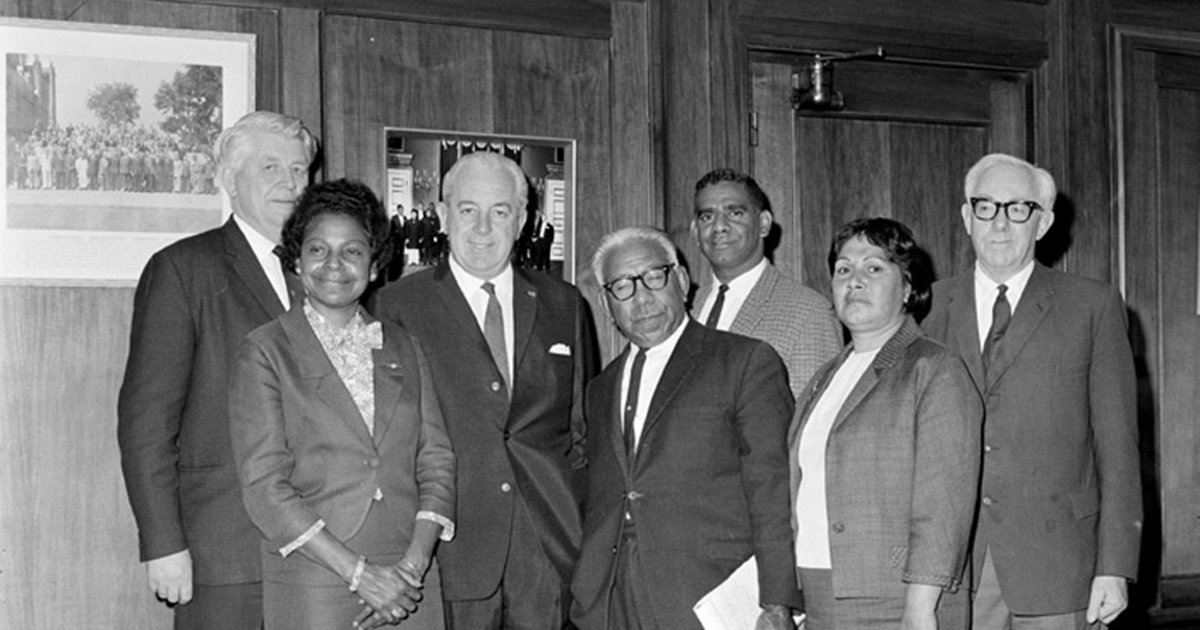
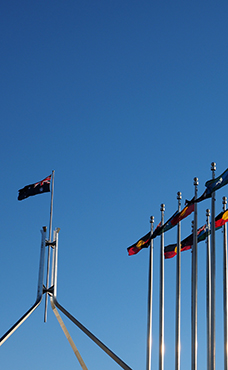

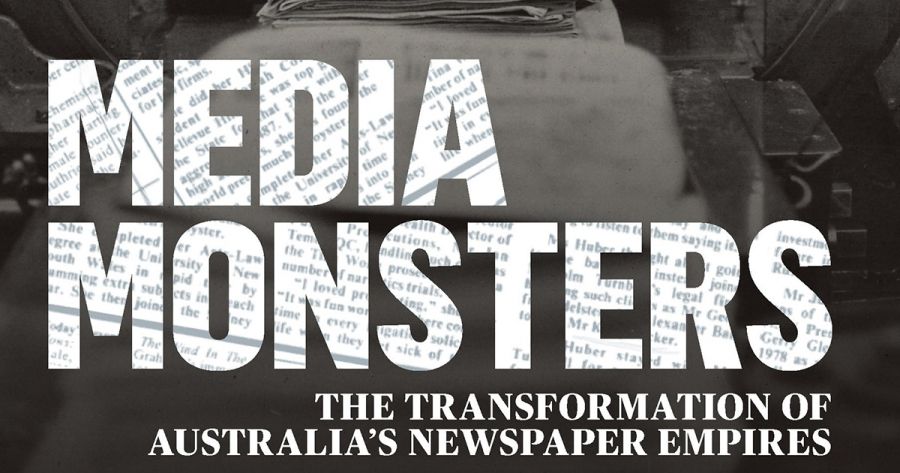
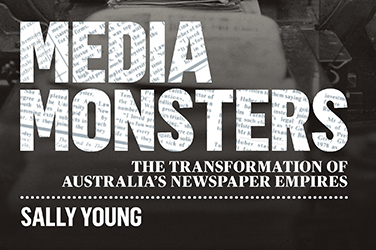





.jpg)



